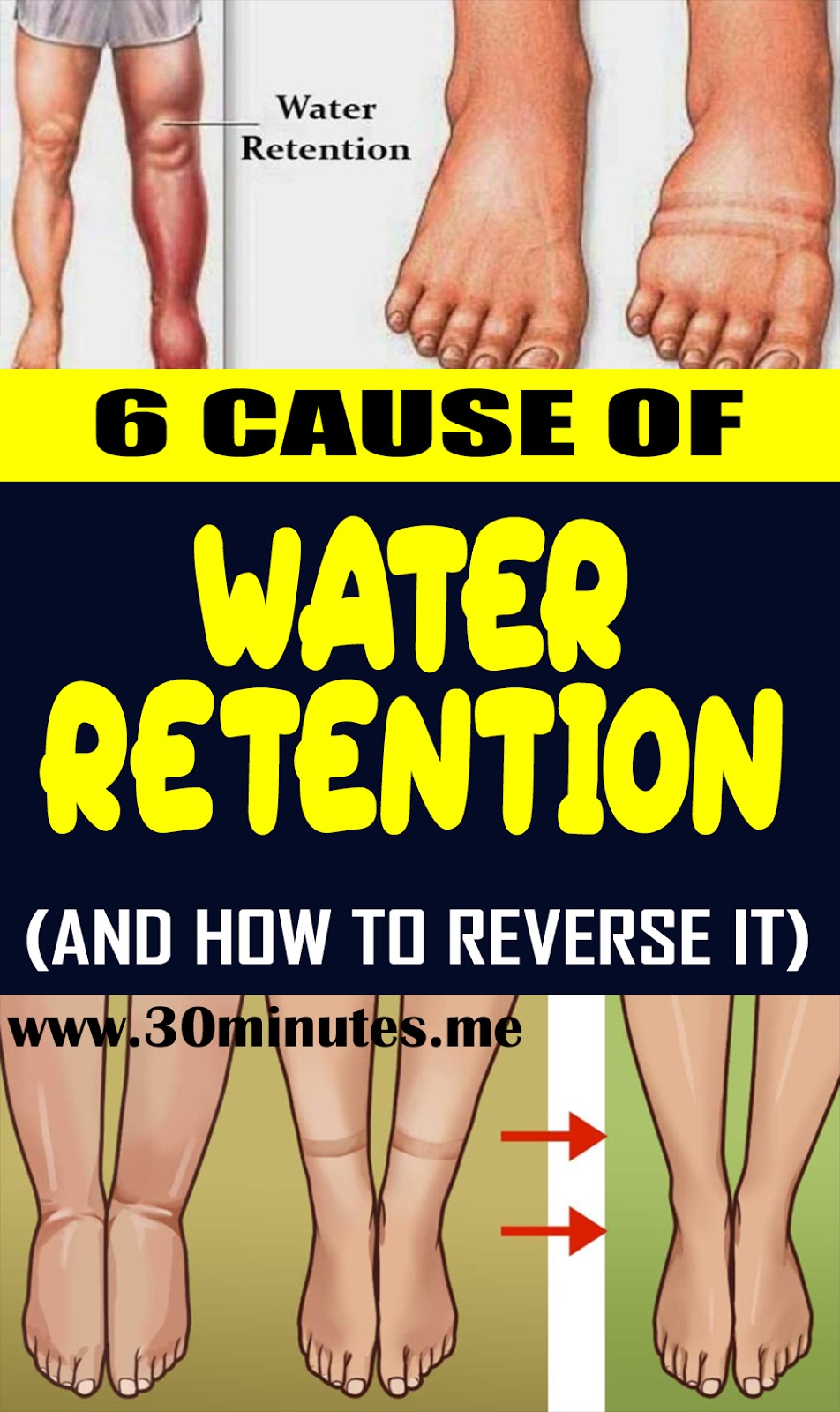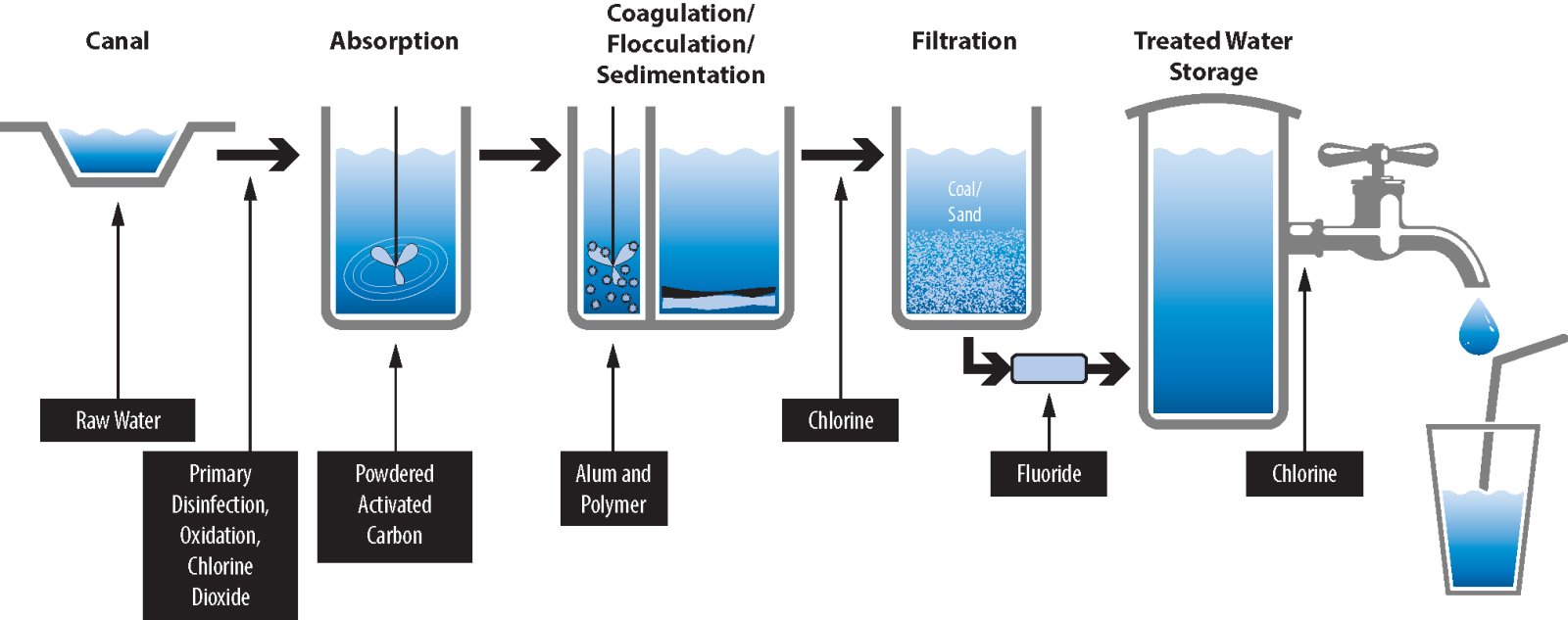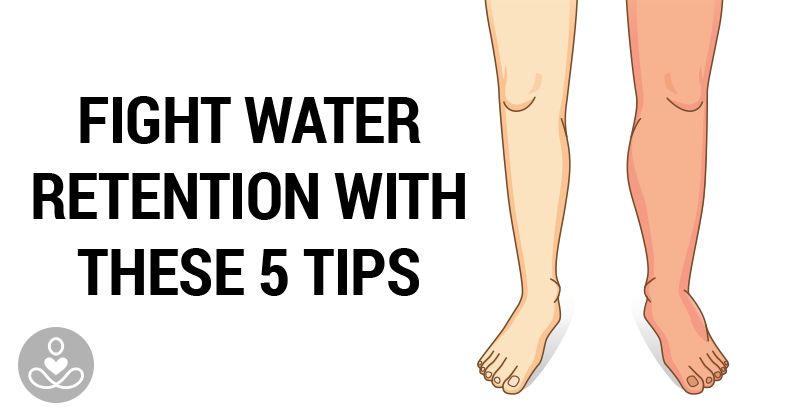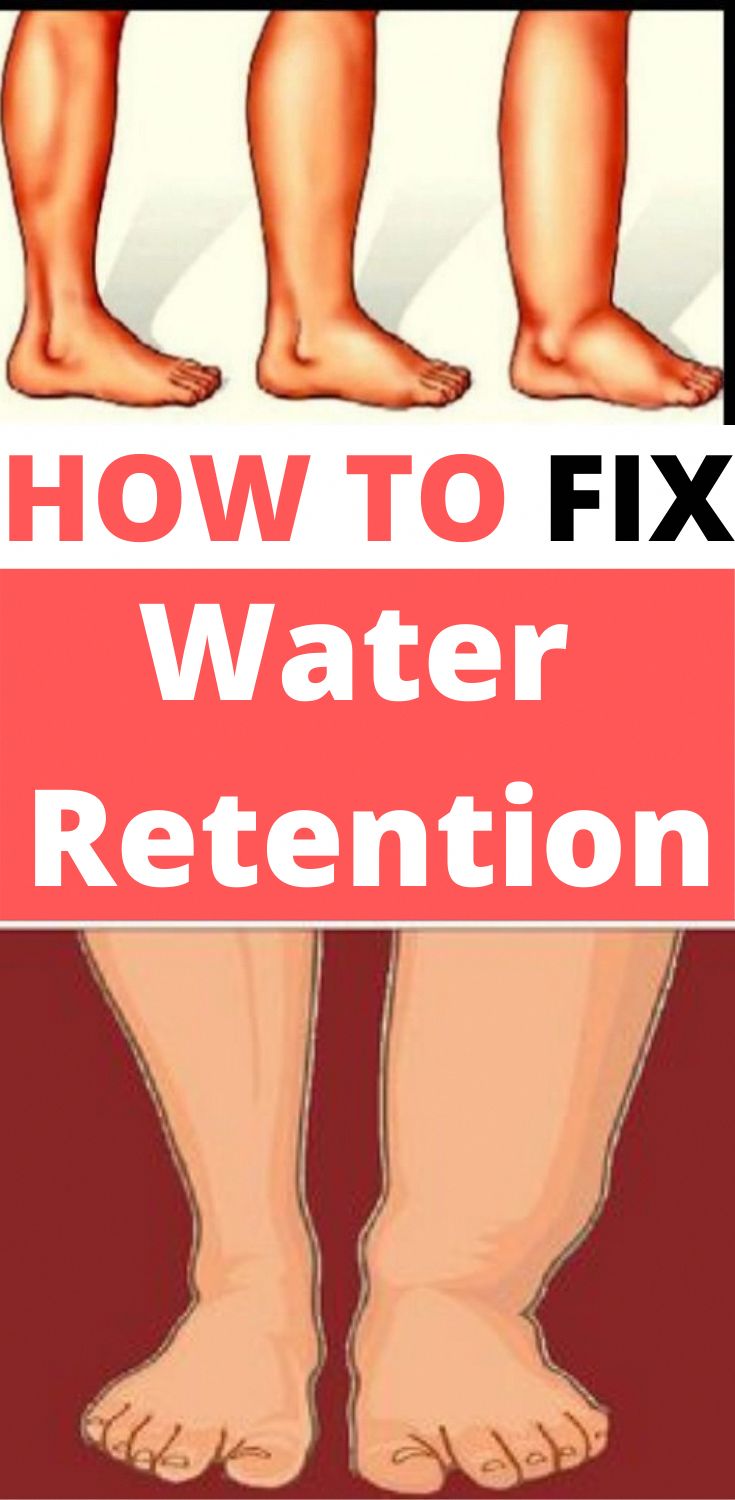Thighs Water Retention: 16 Lifestyle Causes of Water Retention / Edematous Cellulite on Thighs, Hips and Buttocks (and 41 Tips to Reduce It) – LipoTherapeia
What causes water/fluid retention on legs, thighs, buttocks or even belly. Can water retention cause cellulite. Does water retention make cellulite worse.
Water Retention and Cellulite: An Intrinsic Link
Water retention (also referred to as fluid retention, puffiness, swelling, or edema) affects a large number of women and, to a lesser extent, men. This condition occurs when the veins and lymph vessels are unable to efficiently remove water from the tissues. Water retention can be occasional (e.g., during summer heat or prolonged standing) or chronic.
Symptoms can range from mild, such as cellulite or puffiness on the calves, thighs, hips, arms, and face, to severe, like medical water retention or lymphedema. Water retention can have many causes, both genetic and lifestyle-based.
Physiological Causes of Water Retention and Edematous Cellulite
Several factors can contribute to water retention and edematous cellulite, including:
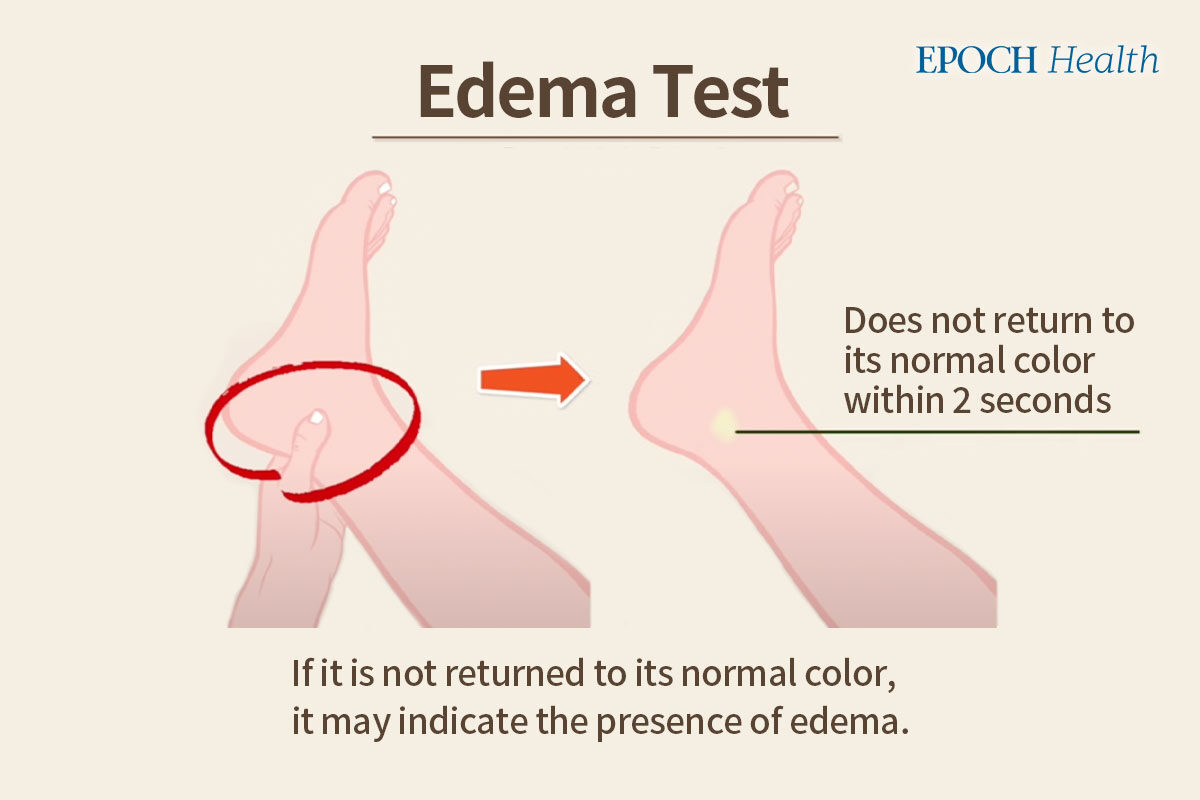
- Weak and fragile vein walls and lymphatic vessel walls
- Limited muscle contraction due to inactivity or excessive static contraction from standing all day
- Poor muscle tone in the vein and lymphatic vessel walls
- Valve failure in veins and lymph vessels, leading to blood or lymph pooling
- Low interstitial fluid turnover due to dehydration
- High blood viscosity or coagulation
- High molecular weight hyaluronic acid buildup in tissues due to chronic inflammation
- Constipation, which obstructs blood and lymph flow in the abdominal area
- Pregnancy, which increases fluid retention due to excess estrogen production
- Chronic low-grade inflammation
- Impact injury, damaging veins and lymph vessels
- Congestive heart failure, where the heart cannot process blood fast enough
- Kidney dysfunction, causing the body to retain sodium and water
- Lymph gland removal or other injury to the lymphatics, veins, and lymph glands
- Excessive estrogen or cortisol in the system
- Albumin (blood protein) shortage, preventing water from being carried away from the tissues
Lifestyle or Genetics: Which Matters More for Water Retention?
While genetics can play a role in the deterioration of lymph vessels and veins, lifestyle is often the more important factor. Even if you have excellent genes, a poor lifestyle based on stress, inactivity, and unhealthy eating can still lead to fluid retention. Conversely, an excellent lifestyle can mitigate the effects of poor genes.

Ultimately, lifestyle is the only factor you can directly control. By optimizing your stress levels, diet, exercise, and sleep, you can minimize water retention, regardless of your genetic predisposition.
Cellulite and Water Retention: A Symbiotic Relationship
Water retention and cellulite are inherently linked. Many of the factors that cause fluid retention can also contribute to loss of skin firmness, low-grade inflammation, connective tissue fibrosis, and superficial fat accumulation – the hallmarks of cellulite.
In fact, water retention is considered a major cellulite factor. Addressing the underlying causes of water retention can be an effective strategy for reducing the appearance of cellulite.
Reducing Water Retention and Cellulite: 41 Tips
To help reduce water retention and its associated cellulite, consider the following 41 tips:
- Stay hydrated by drinking plenty of water
- Limit salt intake to reduce fluid retention
- Consume potassium-rich foods to balance sodium levels
- Avoid processed foods high in sodium and refined carbs
- Limit alcohol consumption, which can dehydrate the body
- Engage in regular exercise to improve circulation and lymphatic drainage
- Practice dry brushing to stimulate the lymphatic system
- Get regular massage therapy to improve circulation and lymphatic flow
- Try lymphatic drainage techniques, such as manual lymphatic drainage or Endermologie
- Incorporate supplements like horse chestnut, butcher’s broom, or ginkgo biloba to improve vein and lymphatic function
Conclusion
Water retention and cellulite are closely linked, with many of the same underlying causes. By understanding the physiological factors that contribute to this condition and implementing lifestyle changes to address them, you can effectively reduce water retention and improve the appearance of cellulite on your thighs, hips, and buttocks.
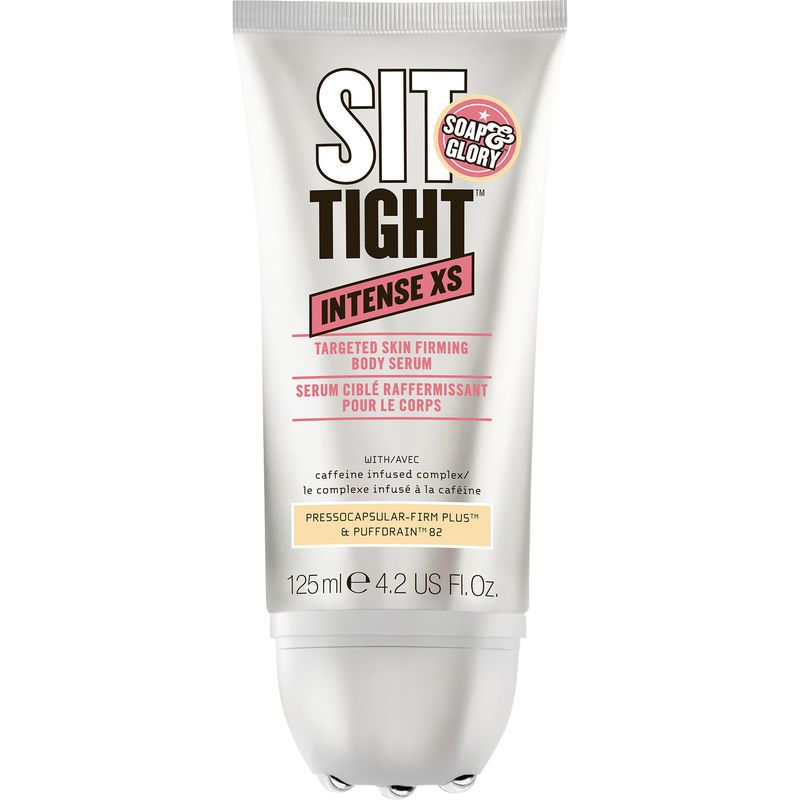
16 lifestyle causes of water retention / edematous cellulite on thighs, hips and buttocks (and 41 tips to reduce it) – LipoTherapeia
Water retention is a major cellulite factor: what causes it and how to prevent and reduce it
A lot of my clients ask me:
What causes water/fluid retention on legs, thighs, buttocks or even belly?
Can/does water retention cause cellulite?
Does water retention make cellulite worse?
Water retention (also referred to as fluid retention, puffiness, swelling, oedema etc.) affects a large number of women and, to a lesser extent, men. Water retention occurs when the veins and lymph vessels can not remove water from the tissues efficiently.
Water retention can manifest occasionally (e.g. in the summer heat and/or if standing for long periods of time) or it may be chronic.
Symptoms can range from mild (e.g. cellulite or puffiness typically appearing on the calves, thighs, hips, arms and face) to severe (medical water retention / lymphedema).
Water retention can have many causes, both genetic and lifestyle-based. Check our comprehensive guide on the causes of fluid retention below and what you can do to prevent and reduce it.
17 physiological causes of water retention & oedematous cellulite
There are several factors that cause water retention/oedematous cellulite, the most important of which being:
Vein wall / lymphatic vessel wall weakness and fragility: veins walls are partially damaged, and herniate or leak blood into the tissues
Limited muscle contraction due to inactivity or excessive muscle static contraction due to standing all day (muscle contractions aid vein and lymphatic vessel tone and contraction)
Poor muscle tone of the vein/lymphatic vessel walls themselves: vein walls cannot effectively pump blood upwards
Valve failure on veins and lymph vessels: vein valves herniate leading to blood or lymph pooling or even flowing downwards
Low interstitial fluid turnover due to dehydration: tissues hold on to their water due to water scarcity, therefore little water leaves the tissues
High blood viscosity / coagulation: makes blood flow through small veins and capillaries difficult
High molecular weight hyaluronic acid build up in tissues, due to chronic inflammation
Constipation: obstructs blood and lymph flow in the abdominal area leading to blood and lymph pooling on the legs
Pregnancy: works in the same way as constipation; in addition increases retention of fluid due to excess estrogen production
Chronic low-grade inflammation: all inflammation by definition increases water retention
Impact injury: damage to veins and lymph vessels
Congestive heart failure: the heart cannot process blood fast enough and water is literally dumped in the tissues to reduce heart load (contraindication to lymphatic drainage massage, the heart itself must be treated first)
Kidney dysfunction: the kidneys retain sodium and water which then accumulates in the tissues
Post-operative lymph gland removal / other injury to the lymphatics, veins and lymph glands: removed glands call for special techniques to remove excess water from tissues (manual lymphatic drainage, specialised bandaging)
Excessive estrogen in the system: causes water retention
Excessive cortisol in the system: causes water retention
Albumin (blood protein) shortage: water cannot be carried away from the tissues to the blood due to the lack of this transporting protein
Lifestyle or genetics? what is more important as a cause of retaining water?
There are several reasons for the deterioration of function and integrity of the lymph vessels and veins.
Heredity/genes is one factor we think we cannot affect, but this could not be further from the truth. “Bad” genes usually need bad lifestyle to be expressed, and vice versa, “good” genes need a good lifestyle to be fully expressed.
This practically means that you even if you have excellent genes, a poor lifestyle based on stress, inactivity and junk food, will still lead to fluid retention. Or, on the other hand, even you have poor genes, an excellent lifestyle will probably lead to very little or no water retention.
So lifestyle is what turns on or off your good or bad genes. Furthermore, it is the only thing you can change, so instead of blaming your genes try to optimise lifestyle (stress, diet, exercise, sleep) in order not to suffer from water retention.
What is the connection between water retention and cellulite?
This is a common question at our clinic and the fact is that water retention and cellulite are inherently linked.
Most of the factors that cause fluid retention may also cause loss of skin firmness, low-grade inflammation, connective tissue fibrosis and superficial fat accumulation, literally affecting all main aspects of cellulite.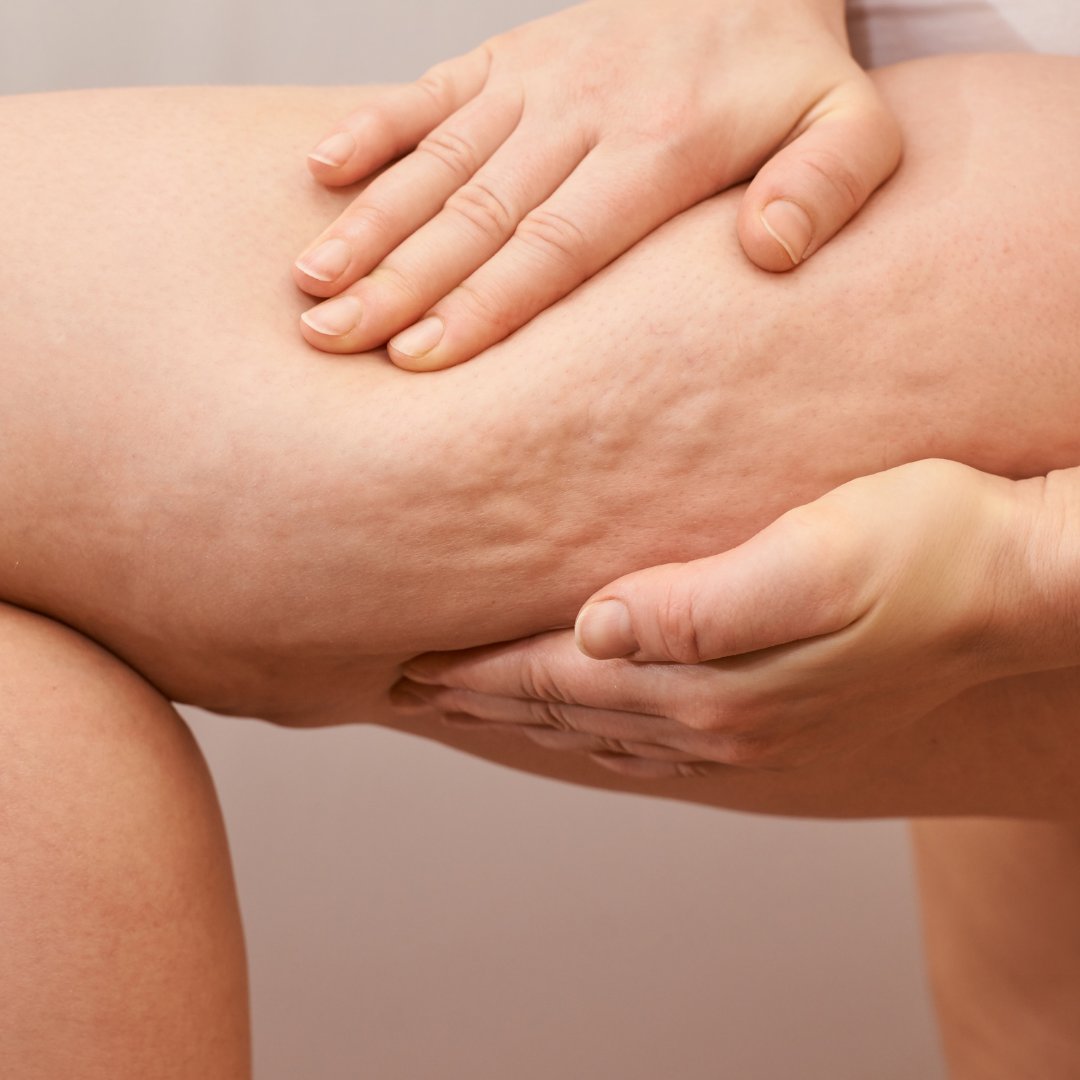
This means that fluid retention is inherently linked to the problem of cellulite in most women. In cases where water retention is the main aspect of cellulite, we have what is called “oedematous cellulite”.
However, treatments that deal only with water retention (such as lymphatic massage) will not be able to reduce cellulite effectively, as cellulite is much more than water retention.
On the other hand, a good cellulite treatment plan should always effectively address both water retention as well as all the other aspects of cellulite.
16 lifestyle factors that typically lead to fluid retention/cellulite by switching off your “good” genes and turning on “bad” genes:
Lack of blood vessel-nourishing nutrients: protein, antioxidants, polyphenols/flavonoids and highly unsaturated fatty acids (HUFAs)
Toxins, anti-nutrients and inflammation-producing foods damage the blood and lymph vessels or impair their natural function: saturated fats, oxidised fatty acids, hydrogenated fats, sugar, excessive alcohol and highly processed foods
Prolonged standing up, sitting down or crossing of the knees
Food intolerances or allergies lead to low grade chronic inflammation
Leaky gut syndrome allows undigested food particles, bacterial toxins and other substances to enter the circulation and irritate/inflame the lymph and blood vessels
The contraceptive pill or other hormonal contraception, such as patches, injections etc.
 increase blood viscosity and therefore capillary blood flow
increase blood viscosity and therefore capillary blood flowLack of sleep causes vein wall muscular tension and impairs vessel tissue repair
Inactivity / lack of exercise is detrimental to lymphatic and vein function
Constipation causes vein and lymph vessel obstruction
Pregnancy. Of course it is not a lifestyle factor but does cause water retention; works in the same way as constipation, but in addition leads to extra fluid retention due to the action of oestrogen.
Smoking causes vasoconstriction and blood vessel damage
Chronic excessive caffeine intake leads dehydration and consequently low tissue water turnover. This in turn leads to toxin and waste product accumulation and poor lymph drainage.
Not drinking enough water has exactly the same effect as excessive caffeine has on your tissues, i.e. poor fluid drainage leading to water retention
Certain medicines, especially cortisone/corticosteroids, lead to water retention due to their action on the kidney, blood vessels and other tissues of the body
Chronic stress has the same effect as corticosteroids – just milder – as it leads to excessive and chronic cortisol release
Excessive weight puts an enormous pressure on your vessels, as well as contributing to low grade inflammation
As you can see, with today’s unhealthy lifestyle, there are plenty of reasons to develop water retention, and therefore it is no wonder that most women suffer from it to a greater or lesser degree.
The good news is that, since water retention is caused by an unnatural lifestyle, it can also be reduced by following a natural lifestyle and working with natural treatments.
My top eight tips to quickly reduce water retention (water weight) on legs naturally
Here are 8 tips for quick results with water retention reduction, followed by a full list of 41 tips:
Have hot and cold showers or plain cold showers, at least on my calves and thighs
Take a maximum dose centella asiatica supplement (proven to help beat water retention better than compression garments) or the diosmin+hesperidin supplement mentioned below (if in doubt, ask doctor’s permission first)
Keep your legs elevated at night or even during the day, if possible
Have lighter food, mainly comprising salads, vegetables, berry fruits and lean protein (especially oily fish) and avoid saturated fats, sugar and refined carbs
Have some pressotherapy sessions
Use a low sodium, high potassium salt, ideally an one with a ratio of 2:1 potassium to sodium
Take up swimming
As a last resort, use graduated compression garments, but in a cool room (such garments are not fun in the summer)
All 41 tips to help you reduce water retention and oedematous cellulite
First and foremost, stay active.
 The more your muscles contract, the more they help your veins pump blood and lymph vessels pump lymph from your extremities (where water retention is at its worst) towards your heart. Try walking, running or cycling, if possible, (but, of course, not in the heat).
The more your muscles contract, the more they help your veins pump blood and lymph vessels pump lymph from your extremities (where water retention is at its worst) towards your heart. Try walking, running or cycling, if possible, (but, of course, not in the heat).If walking or running is too much for you, try swimming. With swimming you reap the benefits of exercise on circulation, without having to fight gravity.
Replace common salt with low-sodium salt. Sodium is known to retain water in your body, while potassium is a diuretic. Low-sodium salts typically contain 67% potassium with only 33% sodium (sometimes 50%-50%).
Have a cold shower or a contrast shower. Both cold showers and hot-and-cold (contrast) showers stimulate blood and lymph vessel contraction and therefore blood circulation and lymph drainage, respectively. If you cannot have a full body cold or contrast shower, have a legs-only one.
Have a berry smoothie. All berries (blueberries, strawberries, blackberries, you name it) contain polyphenols, which help support your blood and lymph vessels, plus fibre for your gut and very few calories.

Try centella asiatica extract, bilberry extract, horse chestnut extract, red pine bark or flavonoids with vitamin C. These supplements, popular in France, Germany and Italy, are widely available in the UK these days and are proven by multiple studies to help boost circulation and fight water retention. The flavonoid combination of diosmin and hesperidin, specifically, has been used for several decades in Europe and is extremely popular with women who suffer from fluid retention.
Massage your lower legs and thighs with firm, long upward movements – or have your partner to do it for you. Even a few minutes a day are enough to bring valuable relief. You may use a simple vegetable oil or add a few drops of essential oils of fennel, lemon or mint to it.
Have herbal teas, such as dandelion leaf tea, nettle tea and fennel tea, which are known to have a natural diuretic effect on the body
Do some vibration plate training, which is proven to boost circulation
Keep your legs elevated.
 If you work from home, put your legs on a stool while working on the computer. At night, and if possible during the day too, place a couple of cushions under your legs for half an hour or more.
If you work from home, put your legs on a stool while working on the computer. At night, and if possible during the day too, place a couple of cushions under your legs for half an hour or more.Have lots of fruit – not just berries. Fruits are rich in the diuretic mineral potassium, especially bananas, watermelons and peaches.
Use graduated compression stockings, leggings or flight socks. However, try not to be too dependent on them, as with long-term use they tend to weaken your own circulation/drainage function. These garments can also be too hot in the summer, but as an emergency measure, worn in a cool room, they can help a lot.
Have a manual lymphatic drainage massage treatment. For the more frail ones or those more severely affected by water retention, with puffy, sensitive and painful legs, MLD is the treatment of choice, as it is very mild.
Have a normal massage treatment, if you cannot find an MLD treatment. Any relatively firm massage treatment that includes upward long strokes (effleurage) and some kneading (petrissage) and skin rolling (palper-rouler) will help boost circulation and lymphatic drainage and provide valuable relief.

Lose weight. This may sound like quite basic advice and not suitable for immediate relief, but it is one of the best things you cannot do for fluid retention in the long run.
Avoid sugar. Sugar is known to cause glycation and chronic, low-grade inflammation, both of which negatively affect the function of your blood vessels.
Avoid saturated fat, such as fatty meat, butter, as well as palm fat and coconut fat contained in many prepared/manufactured foods. The saturated fatty acids are more solid, in relation to any other fatty acids, and impair blood circulation.
Get rid of hydrogenated/trans fats, which are well-known to increase inflammation. Trans-fatty acids are usually found in pastries, pasties, margarines, biscuits, cookies, muffins, fried food and generally low quality prepared food.
Avoid frying. Frying results in peroxidised fatty acids and AGEs, which are known to cause inflammation.
Avoid omega-6 oils and foods rich in omega-6.
 The Western diet contains up to 20x more omega-6 in relation to omega-3, when the correct ratio is 4x omega-6 in relation to omega-3. Excess omega-6 fatty acids are well-known to cause inflammation. Omega-6 fat is found in sunflower oil, seeds, many nuts (macadamia nuts, sunflowers and sesame seeds have a very high content of omega-6), fatty meat and chicken and processed/prepared food.
The Western diet contains up to 20x more omega-6 in relation to omega-3, when the correct ratio is 4x omega-6 in relation to omega-3. Excess omega-6 fatty acids are well-known to cause inflammation. Omega-6 fat is found in sunflower oil, seeds, many nuts (macadamia nuts, sunflowers and sesame seeds have a very high content of omega-6), fatty meat and chicken and processed/prepared food.Boost your intake of omega-3 fat instead. Omega-3 fatty acids, contained in walnuts, flax seeds, chia seeds and flax seed oil, all contain omega-3 fatty acids.
Have oily fish or take some fish oil. Oily fish and fish oil contain the highly unsaturated omega-3 fatty acids (HUFA) EPA and DHA, which help control inflammation, reduce blood coagulation and improve circulation. Sardines, mackerel, herring, salmon, trout and halibut are all good examples of omega-3 rich fish. If you are a vegan, you can take vegan EPA / DHA supplements.
Have extra virgin olive oil (EVOO), as a general use oil (and as mentioned above, don’t fry or cook at high temperatures).
 EVOO contains mainly omega-9 with lots of natural antioxidants in it, meaning it does not have the potentially pro-inflammatory profile of omega-6, but neither the benefits of omega-3. Given, however, that we cannot have too many omega-3s, neither too many omega-6s, nor too much saturated fat, omega-9s are the fatty acids to go for the vast majority of our fat calories. Omega-9 is also found rapeseed oil (only have cold-pressed), avocado and some nuts, such as almonds.
EVOO contains mainly omega-9 with lots of natural antioxidants in it, meaning it does not have the potentially pro-inflammatory profile of omega-6, but neither the benefits of omega-3. Given, however, that we cannot have too many omega-3s, neither too many omega-6s, nor too much saturated fat, omega-9s are the fatty acids to go for the vast majority of our fat calories. Omega-9 is also found rapeseed oil (only have cold-pressed), avocado and some nuts, such as almonds.Cut down on smoking and vaping. Both tar and nicotine are known to have a negative effect in blood vessels and circulation.
Have some turmeric. Curcumin, the active ingredient in turmeric, is known for its anti-inflammatory action.
Drink two litres of water a day. It may sound counterintuitive, but dehydration makes your body hold on to excess water, thereby increasing water retention.
Have some coffee or tea, but avoid excessive caffeine intake. Caffeine is a diuretic and it can make a quick difference in the short run, but excessive caffeine intake is known to increase water retention in the long run.

Cut down on alcohol. Alcohol is a known diuretic but has a negative impact in several systems of the body, so drinking alcohol is not a great idea when suffering from water retention in the heat.
Get rid of your constipation. Constipation can increase water retention by inhibiting the function of blood and lymph vessels in the pelvis area via compression. A couple of tablespoons of ground flaxseeds or chia seeds with two large glasses of water or juice every day can return most people to regularity. Vegetables, fruits and drinking lots of water are also essential to better bowel function.
Avoid dairy. Most adults are to some extent intolerant of dairy. Some are severely intolerant, suffering from a variety of symptoms, including gastrointestinal problems, constipation, low-grade inflammation, water retention and low energy. Replace milk and yoghurt with a vegan option and avoid cheese.
Try an elimination diet or a food intolerance test.
 Food intolerances can contribute to water retention and there are two ways to identify your food intolerances: an elimination diet or a test.
Food intolerances can contribute to water retention and there are two ways to identify your food intolerances: an elimination diet or a test.Get rid of “the pill”. The contraceptive pill is well-known to impair circulation in many women. Have a chat with your GP regarding other forms of non-hormonal contraception, such as a non-hormonal copper coil.
Have a pressotherapy treatment. Pressotherapy (alternate compression therapy) is a great way to eliminate excess fluid. You can also buy a pressotherapy machine for home use. Those may not be as good as professional machines, but you can use it every day, for maximum benefit.
Do some calf flexions. Your calf muscles are known as “the second heart”, helping drain water from your calves. Do 50 calf muscle contractions at a time (e.g. calf raises), a few times a day to boost lower leg circulation.
Have some vitamin K2, which is known to help protect blood vessel integrity.
Don’t waste your time with dry body brushing.
 Dry brushing is the worst advice one can give for a water retention sufferer, as they could apply themselves / receive professionally a much more effective massage with a little oil and long strokes and kneading, instead of scratching the epidermis with silly dry brushing.
Dry brushing is the worst advice one can give for a water retention sufferer, as they could apply themselves / receive professionally a much more effective massage with a little oil and long strokes and kneading, instead of scratching the epidermis with silly dry brushing.Eat enough protein: Protein is normally not associated with leg health and wellness, but considering that skin and blood vessels are made of protein, it make sense to get enough in order to be able to repair your skin and blood vessels. Most women do not have enough protein, due to their avoidance of meat, but with the huge choice of quality and tasty vegan and whey protein powders available these days, there is no excuse being deficient in protein.
Have more magnesium. Magnesium is known to help alleviate premenstrual fluid retention, plus it is a mineral that participates in 300 processes in the body and one that most people are deficient in. Have more vegetables and vegetable juices or take a magnesium supplement (just avoid magnesium oxide which causes diarrhoea).

Have some high flavanol cocoa. High flavanol cocoa is proven to improve arterial function and these days you can find high flavanol cocoa powder in most health food stores and on the internet.
Invest in air conditioning: I know it sounds obvious and may be a bit expensive in the beginning, but it is absolutely sane advice and it works out cheaper than endless massages and pills and suffering in the long run.
See your GP: If in doubt, or if you suffer from severe water retention, see your GP to identify any underlying health problems that may make you retain water.
For the fastest possible results, have an intensive course of 6-12 treatments combining…
…deep-acting, high-power radiofrequency with high-power, deep-acting ultrasound cavitation, the most effective SAFE anti-cellulite / skin tightening technologies available today. Deep, strong RF/cavitation treatments work very well for lipolysis, collagen/elastin synthesis and circulation enhancement (much more than creams).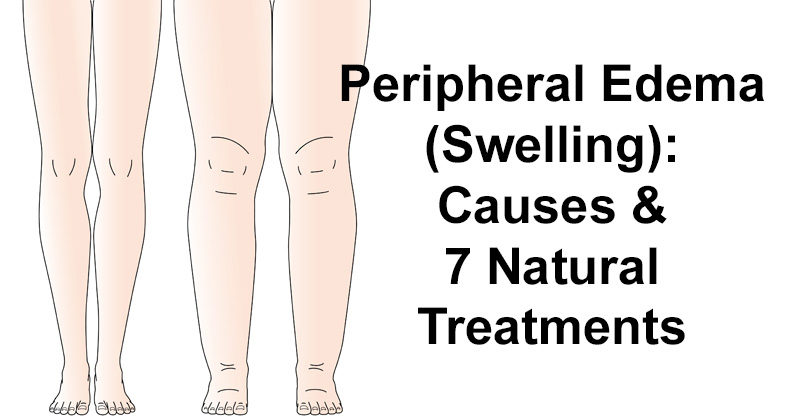
For the best value for money and to maximise the results of your exercise, diet and treatment…
…apply a real cellulite cream, i.e. one with multiple, high-purity anti-cellulite actives in high concentrations (caffeine, forskolin, centella asiatica triterpenes are indispensable as anti-cellulite active ingredients – plus more, if possible), for 6-12 weeks. Concentrated cellulite creams act less fast but they offer far better value for money than treatments. Concentrated cellulite creams act on aspects of cellulite that treatments can’t: free radical damage, fibrosis, glycation and inflammation. They also do work for circulation enhancement, lipolysis and collagen/elastin synthesis, but to a lesser extent than treatments.
For maintenance, prevention and to reduce cellulite at home at no cost, albeit more slowly…
…than with treatments and creams, check out our epic guide with 100+ expert tips. Healthy nutrition and exercise are absolutely essential for both cellulite prevention and reduction and to make the most of your treatments and creams.
Do not fall for misleading claims about ONE-OFF, forever results (😂)…
…with 1-4 very unsafe, very expensive, very painful, “miracle” skin tightening / cellulite treatments, which are based on deliberately first burning the skin at 65-85º C now in order to heal it later. Not surprisingly this quite often results in permanent damage (the latest such fad is microneedling radiofrequency). The reality is that even with the best technology in the world, your skin needs 5, 10, 15 regular (ie weekly), strong, deep-acting, never painful treatments, for good, long-term results, produced naturally by stimulating the connective and adipose tissues, rather than burning them.
How to Get Rid of Water Retention in Legs, Thighs and Buttocks
How to Get Rid of Water Retention in Legs, Thighs and Buttocks
x
Remove
Remove
Remove
How to Get Rid of Water Retention on Legs and Stomach?
With the summer season approaching, most of us are excited for long hours on the beach, pool parties, boat rides, and outdoor events in summer clothes. Unfortunately, the issue of water retention on legs, swelling and cellulite seems to become even more annoying and frustrating during these days for women who are struggling with these conditions.
Unfortunately, the issue of water retention on legs, swelling and cellulite seems to become even more annoying and frustrating during these days for women who are struggling with these conditions.
If you’re feeling worried about your summer-ready bikini body and want to regain your confidence, we’re here to help you. Below is a complete guide on water retention causes, its relationship to cellulite, and effective ways of treating it.
What is Water Retention?
Before getting to the condition causes, symptoms, and how to get rid of water retention in legs, it’s important to understand what it is. Well, around 60% of our body weight comprises liquids, making it one of the key components of our organs, muscles, and skin.
The human body operates on an intricate hormonal system associated with kidneys to maintain a constant level of fluids. This system eliminates excess fluids and toxins under normal circumstances. However, if something goes wrong with the system, excess fluids and toxins start to build up in the connective tissues.
Water retention is basically a deficit in the function of the lymphatic system where it fails to drain excess liquids and toxins into the circulatory system. This leads to oedema or swelling. The common areas prone to accumulating extra fluids are thighs and buttocks.
Water Retention Symptoms
It can be challenging to differentiate between what causes cellulite and what is water retention sometimes. If you’re not familiar with the symptoms or what it looks like, here are some tips that can be helpful in recognizing the problem:
- You can identify if it’s water retention or cellulite by the absence or presence of bumps.
- If you notice a bump on your skin, lift the skin just above it and see if it disappears or not. If the bump disappears, you’re dealing with only excessive fluid.
- Gently move your fingers across the affected areas of your skin. If your skin is sloppy and soft, it’s excess fluid. If it feels dense and firm, you have cellulite.

- Lie down on your back with your legs raised perpendicularly. If all the bumps vanish, you have extra fluids.
- You can experience acute or occasional swelling (after a long period of standing, due to medications, in hot weather, or during the menstrual cycle) or it can be chronic (caused by genetic, lifestyle, hormonal factors, etc.).
- It’s important to note that fluid reservation is mostly present under the outer layer of the skin and there can be cellulite beneath the fluid. You can have both problems at the same time. You’ll have to deal with this issue first in order to treat the cellulite underneath.
Moreover, the symptoms may vary from mild (such as mild swelling in thighs and buttocks) to a serious condition with severe side affects (lymphedema).
Read next: How to get rid of stretch marks
Water Retention Causes
Water retention on legs may result in response to a number of physiological, lifestyle, and hereditary factors that deteriorate the normal activity of veins and lymphatic system.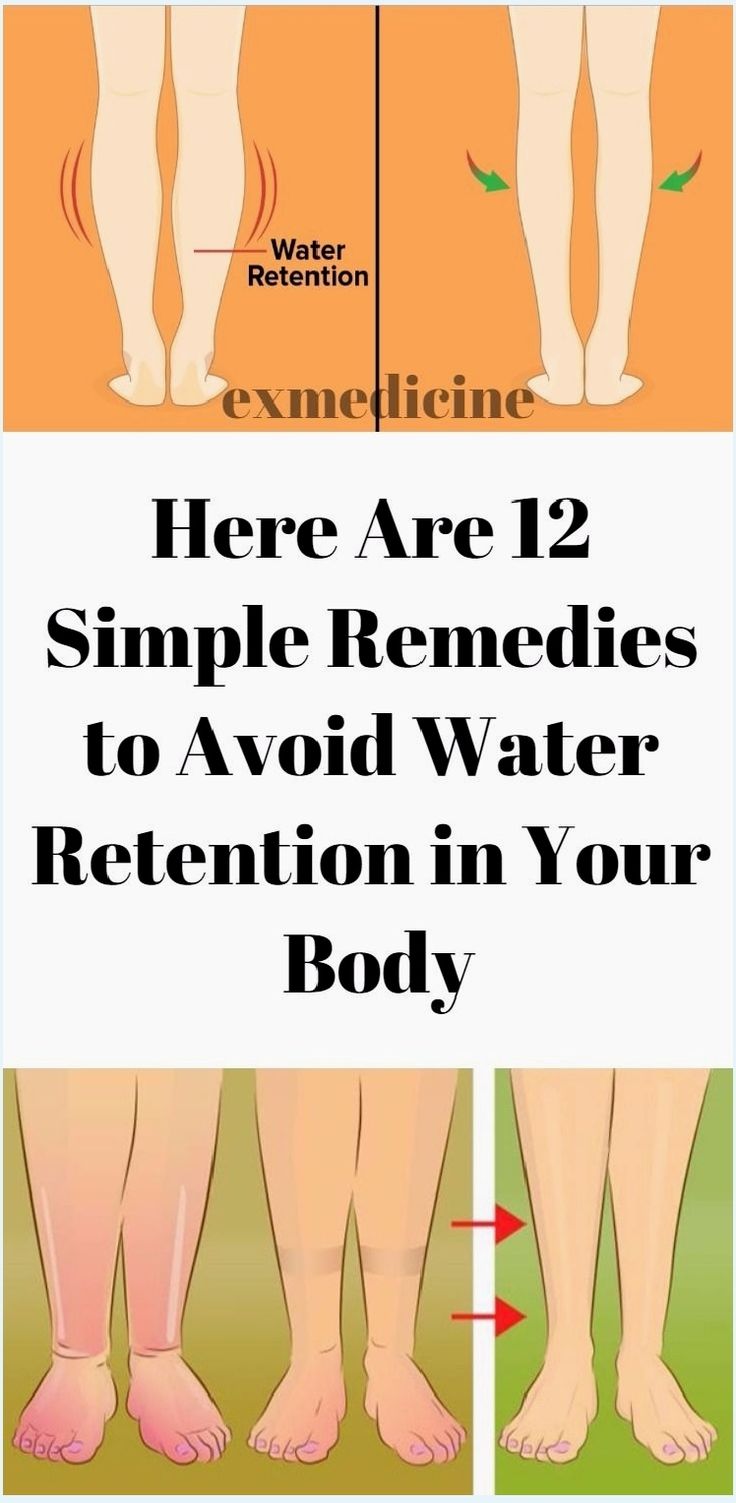 This irregularity leads to the accumulation of excess fluid and toxic wastes in the body, laying the ground for puffiness, uneven skin texture, and dimples or cellulite.
This irregularity leads to the accumulation of excess fluid and toxic wastes in the body, laying the ground for puffiness, uneven skin texture, and dimples or cellulite.
Some of the common contributing factors include:
Physiological Factors
· Thin, damaged, or fragile vein or lymphatic vessel walls can lead to hernia or leakage of blood/lymphatic fluid into tissues, resulting in swelling.
· Decreased muscular movement or excessive static muscle contraction due to long period of inactivity
· Prolonged and low-grade inflammation causes the excess fluids and toxins to accumulate
· Damage to lymph vessels or veins caused by impact injury can result in swelling
· Reduced muscle tone of lymphatic vessels or veins affects their ability to pump blood upward properly.
· Failure of vein or lymph vessel valves can cause the valves to herniate and lead to the buildup of blood or lymphatic fluid. It may also cause these fluids to flow downward.
It may also cause these fluids to flow downward.
· Insufficient amount of liquids can also cause the body to store it in the tissue.
· Thickening of blood obstructs the normal flow of blood through small blood vessels.
· Chronic inflammation can cause larger molecules of hyaluronic acid to accumulate in connective tissue.
· Poor lymph and blood flow to the abdominal area due to constipation can also cause this condition.
· Just like constipation, liquid reservation, cellulite and pregnancy are also related. Other than hindering the flow of body fluids, increased estrogen also contributed to this condition.
· Renal dysfunction causes the accumulation of sodium and liquids which gets stored in the tissues
· Higher levels of estrogen and cortisol increase the risk of swelling
· Tissue retains more fluids in case of reduced flow of interstitial fluid (the fluid that surrounds the cells) due to dehydration
Genetic Factors
· Genetic predisposition combined with a bad lifestyle (such as lack of physical activity, unhealthy diet, dehydration, sleep deprivation, and stress, etc.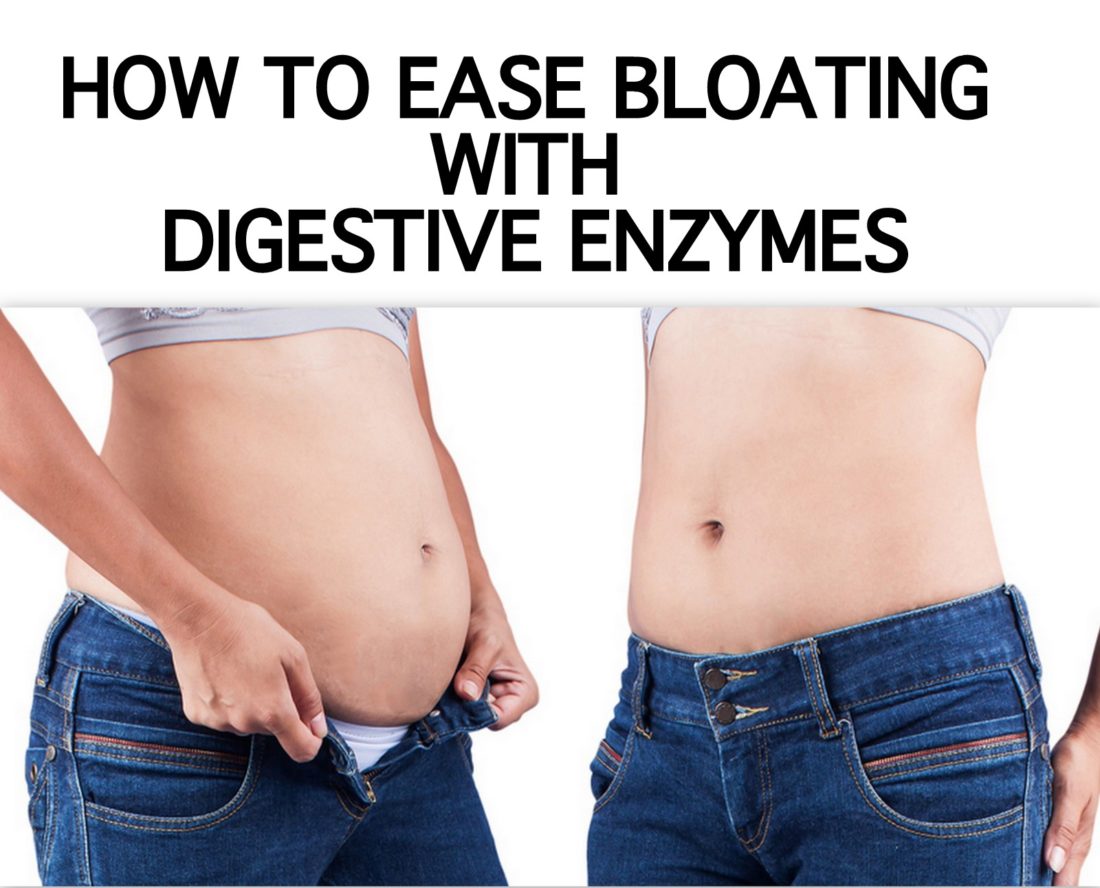 ) can lead to water retention
) can lead to water retention
· Similarly, if you are genetically immune to collection extra liquids, a good lifestyle will ensure that your hereditary tendency is operative
Lifestyle Factors
· Insufficient supply of essential nutrients, including proteins, antioxidants, and fatty acids, makes you more prone to this condition.
· Foods filled with toxic compounds, sugar, saturated fats, salt, alcohol, and other inflammation-causing ingredients can have a deteriorating impact on lymph and blood vessels
· Prolonged and frequent standing or sitting and crossing legs can also lead to extra body swelling
· Not getting enough sleep can cause strain on the muscles, affecting the repair process of vessel tissue
· Lack of physical activity is one of the major factors that can cause water retention in thighs and buttocks
· People who are allergic or intolerant to certain foods are at a higher risk of low-grad inflammation and, hence, more prone to fluid accumulation
· Smokers are more susceptible to this condition due to vasoconstriction and damaged blood vessel
· Excessive caffeine consumption for an extensive period of time reduces the amount of fluids to the tissue and, ultimately, toxin and fluid accumulation
· Constipation and pregnancy lead to the buildup of excess fluid in the lower body
· Hormonal medications (contraceptive pills and patches, etc. ) and high levels of estrogen during pregnancy can cause fluid buildup
) and high levels of estrogen during pregnancy can cause fluid buildup
· Excessive weight, chronic stress, and dehydration also pave the way to the development of water retention in hips, thighs and buttocks
Water Retention on Legs
Water retention on legs is one of the most commonly observed concerns among people who are prone to extra liquid storage. The condition where swelling is caused in the leg tissues due to the accumulation of excess fluids is called peripheral edema. What sets the base for this issue is compromised or problematic lymphatic system and circulatory system.
Some other factors are standing or sitting for an extended period of time, being overweight, and wearing tight jeans or stockings. In some cases, kidney problems can also be the reason behind swelling. Furthermore, disease or injury and inflammatory disorders can also pave the way.
So, it’s highly significant to know why you’re experiencing this problem to treat it effectively.
Water Retention Home Remedy Creams:
GUAM Fangocrema DREN
Body Cream with Draining Effect
This unique formula of GUAM FANGOCREMA DREN Mud Cream based on a mix of GUAM Algae, Sea Salt and Caffeine helps to get rid of cellulite on thighs and buttocks also fighting water retention and swelling. Strong draining action during the night, improving the appearance of the legs suffering from swelling and heaviness. It has an osmosis effect which will draw excess fluids and toxic waste out through the skin leaving your body slimmer, lighter and refreshed to start the day.
- Alleviates inflammation and swelling cased by extra fluids
- Decreases fluid retention in stomach and legs
- Models the contours of the body
- Restores firmness and vitality to the skin
- Improves microcirculation to the skin
Learn more
GUAM Fangocrema DREN
Body Cream with Draining Effect, Cooling Formula
With its exclusive formula based on GUAM seaweed, Sea Salt and Caffeine, GUAM Dren Cooling Effect Mud Cream provides draining treatment for the areas prone to water retention, such as legs and buttocks.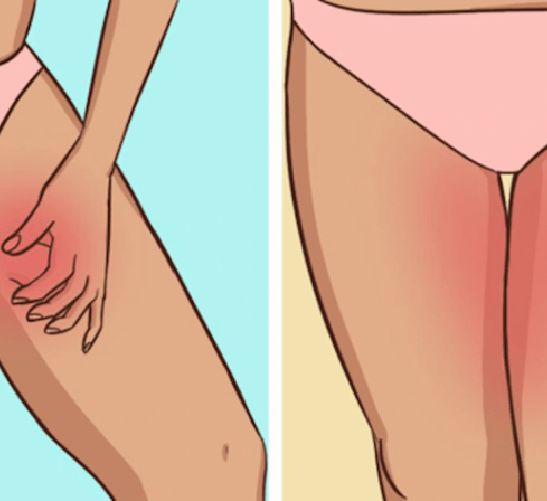 As you sleep, these penetrating natural actives help your body to drain excess fluids from puffy, bloated areas while firming and tightening skin.
As you sleep, these penetrating natural actives help your body to drain excess fluids from puffy, bloated areas while firming and tightening skin.
- Contains a mixture of detoxifying ingredients
- Provides noticeable slimming and smoothing effect
- Deeply hydrates and invigorates the skin
- The cooling effect refreshes and soothes the skin
- Free from toxic chemicals and nickel
- The formula is gentle enough for sensitive skin
Learn more
Water Retention in Stomach
Water retention in stomach, also known as ascites, is signified by puffiness, bloating, and selling around the waistline. It may make you feel less active or heavier than usual, affecting your daily life as well as overall wellbeing. Some of the prominent causes behind include hormonal fluctuations, excess sodium intake, menstrual cycle, obesity, and problems with venous or lymphatic systems.
Certain health conditions, including heart and liver diseases, can also cause water reservation in stomach. In worst cases, abdominal swelling can be very uncomfortable and may lead to abdominal pain, indigestion, difficulty moving around or sitting comfortably, breathlessness, frequent need to pass urine, and constipation.
In worst cases, abdominal swelling can be very uncomfortable and may lead to abdominal pain, indigestion, difficulty moving around or sitting comfortably, breathlessness, frequent need to pass urine, and constipation.
Water Retention during Pregnancy
It’s not uncommon for women to experience water retention in pregnancy that leads to swelling in their legs, ankles, feet, and toes. The problem gets worse as the day ends than in the morning. Also, the further you’re into your pregnancy, the chances of having this issue more often also increase. The sudden shift in weight and inactivity are generally associated with such condition.
While water retention during pregnancy is not usually harmful to your baby, it can be quite annoying or painful. However, sudden swelling can be a symptom of pre-eclampsia that shows up during the second half of pregnancy, which can cause complications.
Normal fluid accumulation in pregnancy arises due to the storage of extra fluids in the body. It can be worse during hot weather or if you’ve been standing for a long time. Besides, the pressure on blood vessels caused by a growing uterus can also be the cause of this condition.
It can be worse during hot weather or if you’ve been standing for a long time. Besides, the pressure on blood vessels caused by a growing uterus can also be the cause of this condition.
Guam Dren Oil
Moisturizing and Draining Body Oil for Massage
Guam Dren Anti-cellulite Oil for Legs and Buttocks helps prevent skin imperfections caused by swelling and water retention. The nourishing emollient effect of sunflower and olive oils blended with the anti-swelling properties of Guam Algae and green tea, gives your skin a radiant, supple and velvety smooth finish. Guam Dren Oil is non-greasy, absorbs quickly and will leave your skin light, silky, firm and moisturized.
- Contains a blend of anti-swelling ingredients
- The formula is lightweight, non-greasy, and fast-absorbing
- Rich in moisturizing and nourishing natural compounds
- Reduces skin imperfection and water retention
- Ideal for drainage massage on a lower body
Learn more
How to Get Rid of Water Retention
The treatment is mainly focused on drawing out excess liquids from the tissue and boosting blood flow to the affected areas.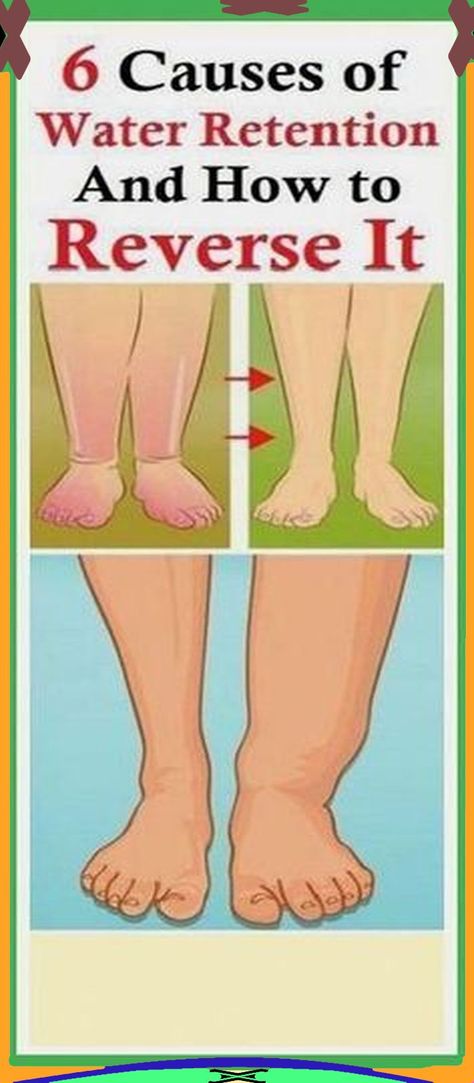 A comprehensive and constant approach is quintessential for achieving and maintaining desired results. A synergy of lifestyle changes, natural remedies, healthy habits, physical activity, proper nutrition, in-office treatments, and at-home skincare products can help to reduce and eliminate excess fluid and toxins from the body.
A comprehensive and constant approach is quintessential for achieving and maintaining desired results. A synergy of lifestyle changes, natural remedies, healthy habits, physical activity, proper nutrition, in-office treatments, and at-home skincare products can help to reduce and eliminate excess fluid and toxins from the body.
- Diet:
A balanced diet targeted at reducing the amount of excess water and toxins from the body can be highly beneficial in minimizing swelling and cellulite, especially if bad eating habits are the basic cause of fluid buildup. Limiting the intake of trans and saturated fats, sodium, alcohol, sugary drinks and desserts, carbohydrates, bleached and refined flours, and diuretic beverages can be helpful. Load your diet with green vegetables, fruits, proteins, plain water, fish, whole grains, soy, and vegetable oils.
- Topical Products:
Topical skincare products formulated to drain excess water and toxic wastes from the skin can be useful in improving skin texture and tone.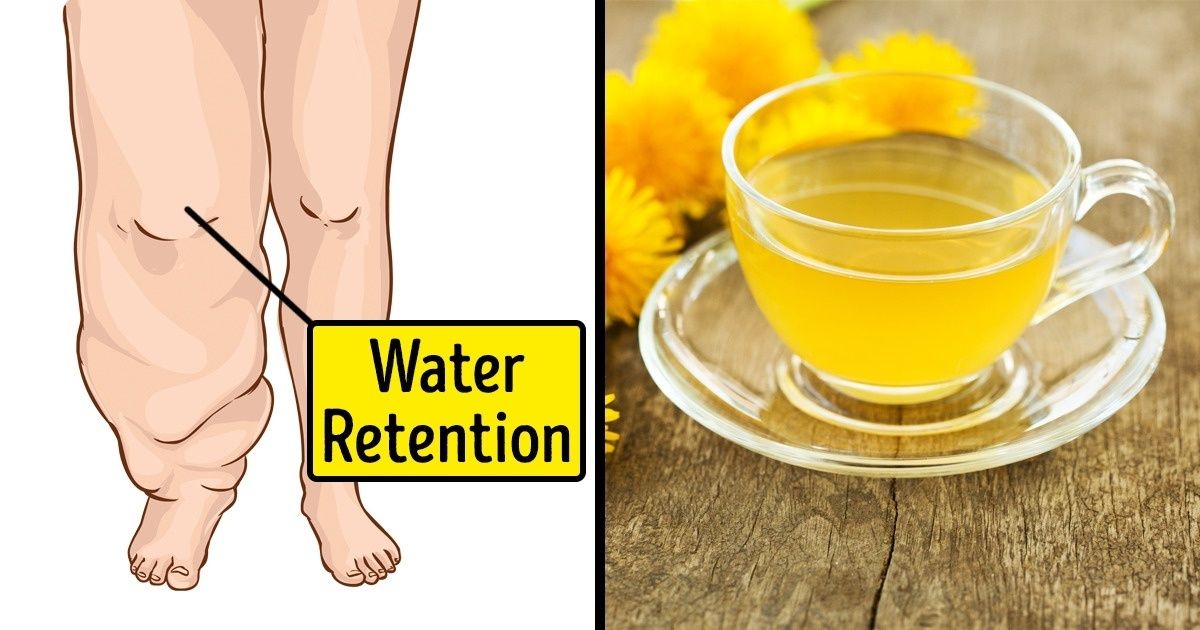 Choose the right formula that works the best for your specific problem. There are numerous firming, toning, and draining topical creams, scrubs, and muds in the market that can help to eliminate excess liquids and toxins effectively. Look for products containing caffeine, horsetail, rosemary, and seaweed.
Choose the right formula that works the best for your specific problem. There are numerous firming, toning, and draining topical creams, scrubs, and muds in the market that can help to eliminate excess liquids and toxins effectively. Look for products containing caffeine, horsetail, rosemary, and seaweed.
- Physical Activity:
Exercises and sports play a vital role in helping to boost the lymphatic system, increase muscle tone, speed up metabolism, and encourage better blood circulation. Practice cycling, hiking, stretching, walking, water aerobics, running, and yoga for relieving inflammation.
- Medication for Water Retention:
If you’re looking for easy way on how to get rid of water retention overnight, we have bad news for you. Unfortunately, there is no magic pill or medication for it that will treat the problem overnight. However, Hydrochlorothiazide is seen to be effective in relieving edema caused by medical issues, like liver or kidney diseases and hormonal changes.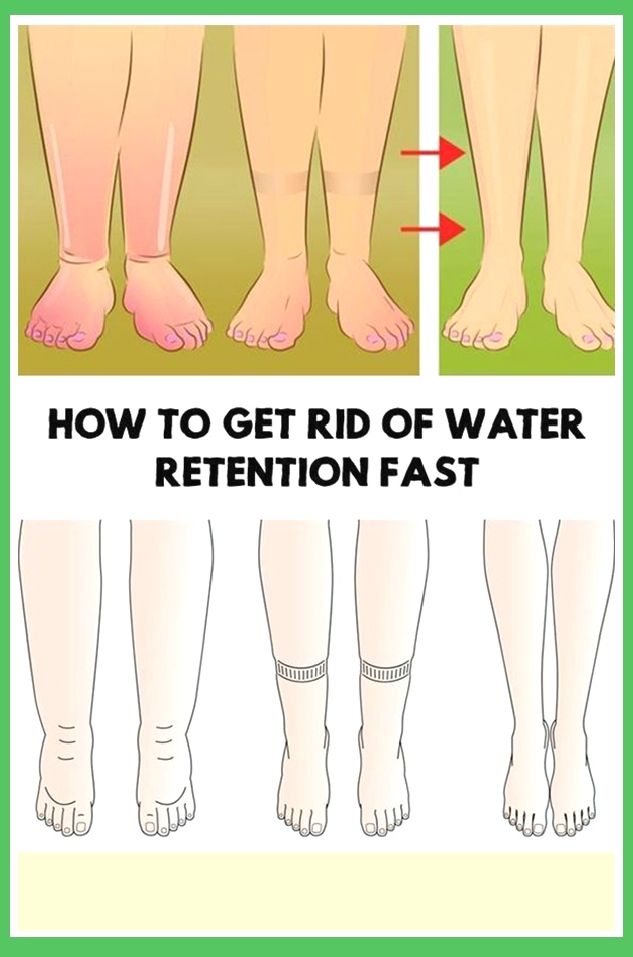
- Spa-Grade Professional Treatments:
You can consult your skin specialist or spa technician to decide the most suitable option for you have a look at draining seaweed body wraps that can provide draining treatments at the comfort of your home. A wide range of
GUAM Seaweed products with draining and toning properties mainly constitute potent seaweed, caffeine, plant extracts, essential oils, marine clays, and advanced bioactivity complex. With powerful draining products you can enjoy effortless spa-like draining and anti-cellulite treatment at home. All these products work effectively to activate fat metabolism, lymphatic system, and tissue repair and regeneration for optimal anti-cellulite effect.
GUAM Seaweed Mud
Sculpting & Firming Cooling Body Wrap for Legs
Reveal touchably firm, slender leg contours with the Cooling Guam Seaweed Mud anti-cellulite and draining body wrap. Formulated for swollen, heavy legs and gentle enough for sensitive skin – this revitalizing menthol-infused formula penetrates deeply to depuff and visibly get rid of cellulite on thighs, calves, and hips, decreasing swelling.
Formulated for swollen, heavy legs and gentle enough for sensitive skin – this revitalizing menthol-infused formula penetrates deeply to depuff and visibly get rid of cellulite on thighs, calves, and hips, decreasing swelling.
GUAM Body Wrap Benefits:
- Proven to reduce cellulite on legs
- The cooling effect relieves heaviness, swelling, and inflammation
- Fights puffiness from liquid retention
- Visibly slims and contours lower body
- Detoxifies and tightens skin
Learn more
What Causes Cellulite?
To differentiate cellulite from water retention, it’s important to know what causes cellulite. Well, the adipose layer (panniculus) is maintained by collagen and connective tissue (reticular tissue).
Microcirculation to this tissue provides energy (in the form of fat) to support healthy body. This balance can be disturbed by various physiological and external factors, such as inadequate nutrition, hormonal imbalance, stress, unhealthy lifestyle, medications, genetic predisposition, and wrong fluid balance.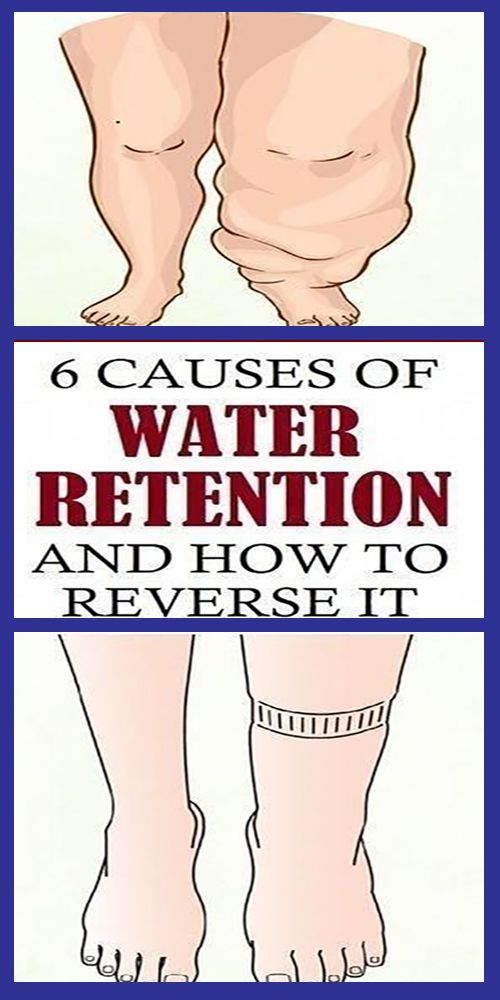
Overweight and obesity are also thought to be the reasons accumulation too much water in hips and thighs and buttocks. Also, there are higher chances of getting swelling and cellulite in pregnancy.
Compromised lymphatic and circulatory systems lead to impaired drainage of water and toxins, leading to inflammation in adipose tissue. So, now that we are well-versed with what causes cellulite, let’s have a look at how it’s different from edema.
What’s the Relationship between Water Retention and Cellulite?
This is probably the most frequently asked question regarding water retention and cellulite. If you’re also confused between the two, let us help you understand the connection between two. Both these conditions are basically interrelated.
The elements responsible for water accumulation in arms, thighs, buttocks, and hips may also lead to loss of elasticity in the skin, mild inflammation, degeneration of tissue fibers, and fat deposits under the epidermal layer of the skin. All these aspects are also related to the reasons behind the formation of cellulite. Therefore, water retention is innately associated with cellulite.
All these aspects are also related to the reasons behind the formation of cellulite. Therefore, water retention is innately associated with cellulite.
Although treatments specifically aimed at eliminating extra water are not enough to treat or reduce cellulite because cellulite encompasses a lot more than just fluid buildup under the skin. Conversely, an effective anti-cellulite treatment will also help to draw out excess fluids and toxins from the body, eradicating water in thighs, buttocks, and hips, etc.
What is Edematous Cellulite?
Many of you might have come across this term but may not know what it actually means. Well, edematous cellulite is known as the most severe or third-degree cellulite. Unlike cellulite caused by various factors including fat accumulation, it is mainly caused by obstruction in the lymphatic and blood vessels, which leads to water retention and poor blood flow.
Edematous cellulite mainly occurs in the legs, thighs, and lower legs, making them lose their normal shape. Your skin may feel soft, flabby, and swollen on touch and has an almost jelly-like feel when pressed.
Your skin may feel soft, flabby, and swollen on touch and has an almost jelly-like feel when pressed.
This is due to chronic water retention. In severe cases, edematous cellulite can be extremely painful, especially if you sit or stand in one position for an extended period of time. Edematous cellulite is rare as compared to other types of cellulite and mostly affects middle-aged women.
GUAM Body Draining Formulas
Guam cosmetics is known worldwide for its result-oriented anti-cellulite creams, scrubs, wraps, gels, and oils targeted at treating the causes of cellulite at the comfort of your home. In addition to breaking down stubborn fat cells under the skin and restoring firmness to the skin, Guam Seaweed Mud Cold formulas provide intense draining action that causes the removal of excess liquids and toxins from the tissue.
Water retention is essentially when excess water accumulates into the connective tissue it influences the lymphatic and circulatory systems, leading to the storage of fat cells.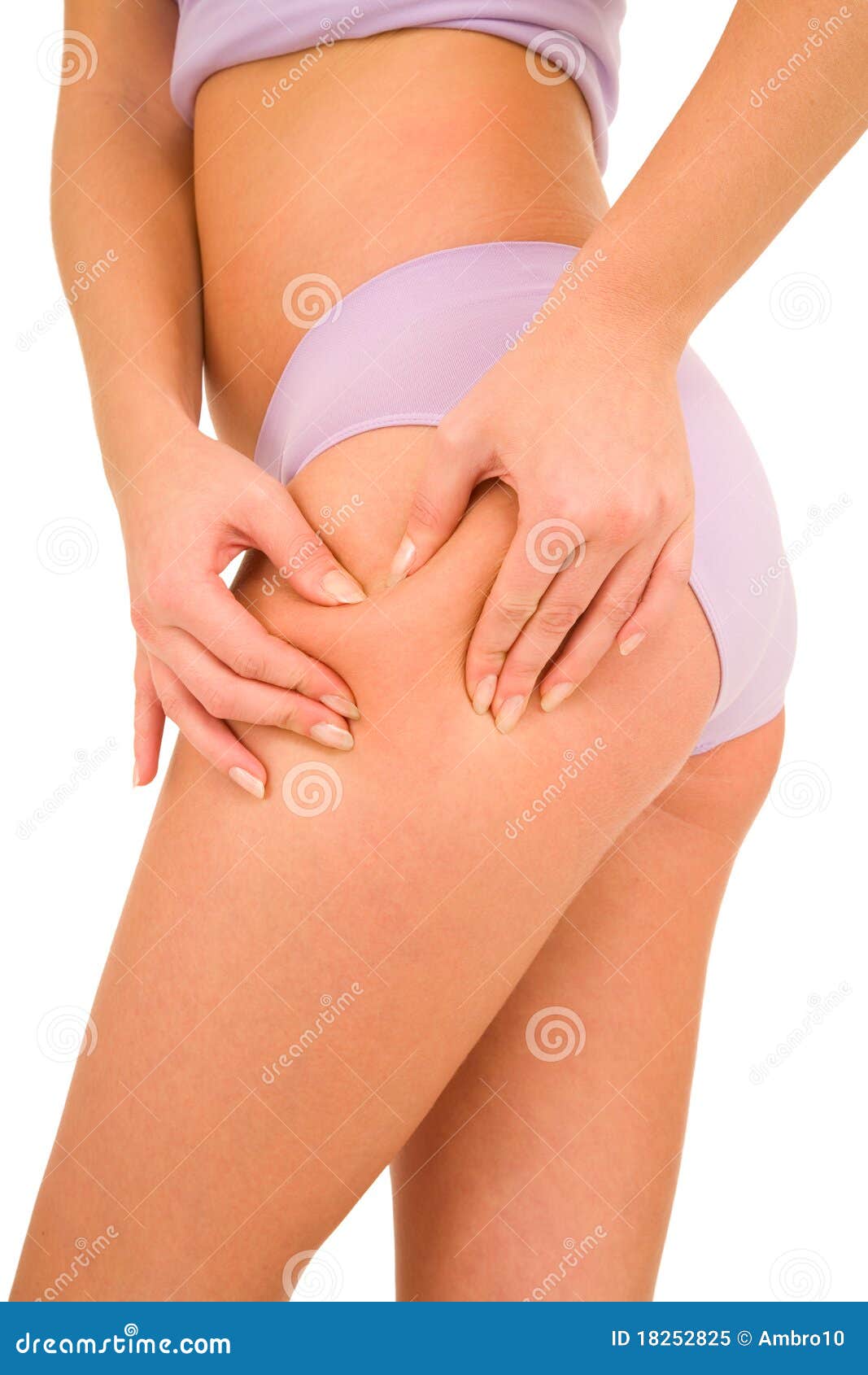 The huge amount of fat deposits constricts blood and lymphatic vessels, impairing the removal of toxins and fluids from the skin. This excess water in combination with tissue fibrosis gives the skin orange peel-like appearance or cellulite. This condition particularly affects specific body parts, forming cellulite on hips, thighs, and buttocks.
The huge amount of fat deposits constricts blood and lymphatic vessels, impairing the removal of toxins and fluids from the skin. This excess water in combination with tissue fibrosis gives the skin orange peel-like appearance or cellulite. This condition particularly affects specific body parts, forming cellulite on hips, thighs, and buttocks.
Both conditions can have a negative effect on your confidence, especially during the bikini season. If you feel a little under-the-weather at the thought of showing your skin, fret not. With proper care, diet, exercises, a healthy lifestyle, and easy at-home treatments you can eliminate excess fluids and toxins from the body and achieve a firm and contoured body.
We hope our guide to water retention on legs and in stomach and cellulite will help you get your confidence back and enable you to rock your bump-free summer body this season.
SOURCES:
Kasper, D. Harrison’s Principles of Internal Medicine, 19th edition, McGraw-Hill Education, 2015.
America Society of Clinical Oncology: “Fluid Retention or Edema.”
White, C. Obstetrics and Gynecology International, 2011.
Stachenfeld, N. Exercise and sport sciences reviews, 2008.
Trayes, K. American Family Physician, July 2013.
PubMedHealth: “Causes and signs of edema.”
America Society of Clinical Oncology: “Lymphedema.”
National Institutes of Health: “What are the symptoms of preeclampsia, eclampsia, & HELLP syndrome?”
Ashina, K., et al. Histamine induces vascular hyperpermeability by increasing blood flow and endothelial barrier disruption in vivo, 2015
Dandelion, 2016.
https://nccih.nih.gov/health/dandelion
Kwashiorkor, 2019.
https://www.nhs.uk/conditions/kwashiorkor/
Lent-Schochet, D., & Jialal, I. Physiology, edema, 2019
Author of the blog Yana Nesterova
Yana is the writer behind the Guam Beauty blog who firmly believes in the concept that beauty begins in a person’s head, not in the mirror. Therefore, she strives to encourage her readers, who are beauty and skincare enthusiasts, to bring mindfulness into their skincare rituals by making more conscious choices. Her philosophy is to enable her readers to salvage mental peace and optimal health by living more mindfully and achieving their skin and body goals through
Therefore, she strives to encourage her readers, who are beauty and skincare enthusiasts, to bring mindfulness into their skincare rituals by making more conscious choices. Her philosophy is to enable her readers to salvage mental peace and optimal health by living more mindfully and achieving their skin and body goals through
healthier choices.
10 Best Cellulite Treatments to use at Home in 2023
Prev Post
18 Science-Backed Tips to Lose Belly Fat and Tighten Stomach Effectively
Next Post
Sale 70% Off
How to quickly remove excess fluid from the body?
Contents
The main causes of edema and fluid retention in the body
How to remove excess fluid from the body – ways
Normalization of nutrition
Fasting days
Physical exercises
Relaxing bathtubs
At least 2-2.5 liters of water should be consumed daily. However, many people notice that the fluid is retained, which causes an increase in body weight, swelling develops. Having listened to the recommendations of experts on how to remove excess fluid from the body, it will be possible to solve the problem on your own. Getting rid of accumulated fluid at home is not a problem, because there are a large number of ways to remove water.
However, many people notice that the fluid is retained, which causes an increase in body weight, swelling develops. Having listened to the recommendations of experts on how to remove excess fluid from the body, it will be possible to solve the problem on your own. Getting rid of accumulated fluid at home is not a problem, because there are a large number of ways to remove water.
The main causes of edema and fluid retention in the body
There are specific reasons that provoke the accumulation of fluid in the human body:
- genetic predisposition;
- adversely affects the functioning of the lymphatic system violation of the water-salt balance;
- bad habits, consumption of a large amount of junk food and low mobility;
- injuries, heavy physical labor or sports;
- failure in hormones, provoked by diseases of the endocrine system;
- accumulation of lymph can be observed due to allergies and inflammation;
- water is retained in the tissues and interstitial spaces due to excessive consumption of diuretics;
- stressful situations, depression, anxiety.

According to experts, the main causes of water stagnation are diseases associated with problems in the functioning of the renal, cardiac and vascular systems.
How to remove excess fluid from the body – methods
It is important to understand that water retention is only a consequence of some pathological processes in the body. Using one of the effective methods, it will be possible to normalize the water balance in the tissues.
Power normalization
The rules of nutrition, which must be observed with edema and excess fluid, play an important role and are mandatory in a comprehensive recovery at home. Experts say that a high-quality diet, when the amount of lymph deviates from normal indicators upwards, is the key to eliminating excesses. In addition, systematic adherence to the basic principles of a healthy diet makes it possible to reduce the risk of water accumulation in the body.
Primarily at home, you should:
- normalize the drinking regime;
- reduce salt intake, as it provokes swelling.

To calculate the rate of water consumption per day, you can apply the following formula: weight (kg) x 0.03 (if activity is high x 0.04) = amount of water (l). For example: Body weight 80 kg x 0.03 \u003d 2.4 liters is the normal amount of water per day.
It is necessary to exclude from the diet any unnatural food, which contains chemical elements that are harmful to the body. Should be removed from the diet:
- acute;
- smoked meats;
- greasy and fried foods.
It is necessary to remove foods with a high sugar content from the menu. Benefits will bring green tea and herbal drinks. Dietary nutrition with stagnation of lymphatic fluid provides for the complete rejection of alcohol.
The diet must include food with a high content of K, Mg. In the morning, it is right to consume food that contains predominantly complex carbohydrates.
Vegetable and fruit products that have a diuretic effect should be added to the menu.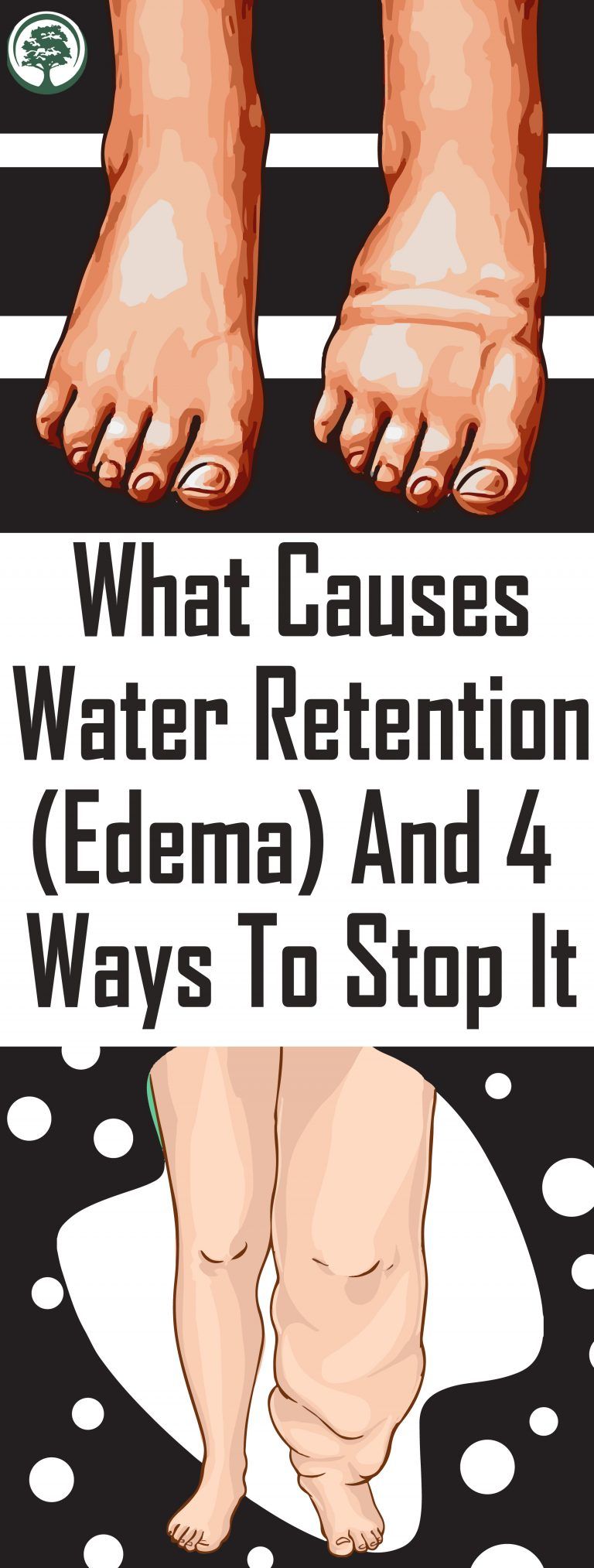 It will not only eliminate the accumulated water, but also enrich the cells with nutrients. You also need to consume more:
It will not only eliminate the accumulated water, but also enrich the cells with nutrients. You also need to consume more:
- green;
- cereals;
- fish dishes;
- fermented milk products.
The main thing to understand is that it is necessary to observe the time of consumption of food. Dinner should be at least 3 hours before the night’s rest.
There are certain products that remove excess fluid from the body and simultaneously supply useful substances and vitamins to the cells.
Simpler and more effective include:
- lemon;
- celery;
- beets;
- marrow;
- cranberry juice;
- parsley;
- oats;
- tomatoes;
- ginger;
- cucumber;
- watermelon;
- carrots.
In reasonable quantities, you can consume coffee and other caffeinated drinks that will affect the removal of excess fluid from the body.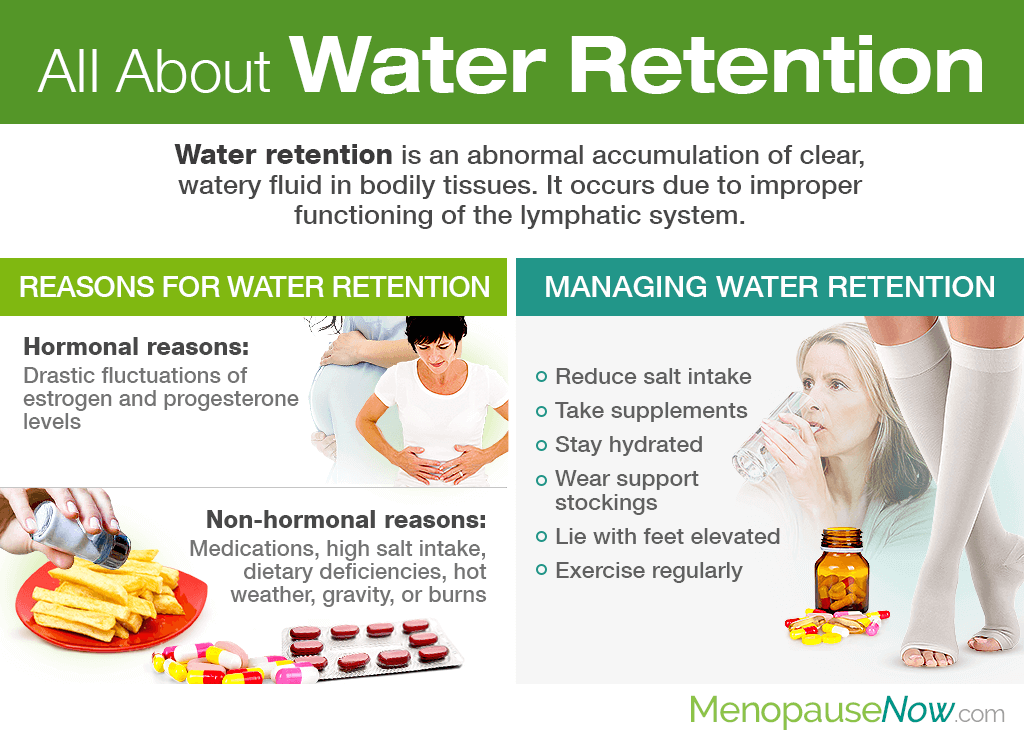
Fasting days
It will be possible to remove the accumulated water from the body by short-term fasting. Fasting days are different: based on drinking or on mono-nutrition. For high-quality weight loss, it is important to drink at least 1 liter of clean water on a fasting day. Any suitable method of unloading should be carefully chosen, carried out at least once a week, trying to alternate a healthy diet.
Unloading on kefir: 1.5 liters of low-fat fermented milk drink per day will help to significantly reduce body weight, eliminate puffiness, and other manifestations of excess fluid.
Unloading day on pumpkin juice:
- will eliminate the accumulated water in the body;
- will provide vitamins.
The main thing is that pumpkin juice should be natural, it is better to take a freshly squeezed product.
Unloading should not be frequent, 1-2 days a week is enough.
Physical exercise
Physical methods for eliminating excess fluid from the body are actively used both independently and in combination with other therapeutic measures. To normalize the water-salt balance in the body, it is correct to practice any physical exercises in cycles:
To normalize the water-salt balance in the body, it is correct to practice any physical exercises in cycles:
- walk fast;
- run;
- swim;
- ride a bicycle, etc.
With active movement, muscle tissue increases the speed of the flow of lymphatic fluid, thereby increasing the excretion of stagnant water and slag substances from the body.
You can eliminate the liquid by using a set of such exercises:
- birch;
- bicycle;
- cat;
- skydiver rise.
To achieve a positive result from physical education, you need to gradually increase the duration and strength of the loads. These rules must not be violated, since an organism unprepared for sports can receive serious harm instead of the expected benefit. When choosing physical exercises, one should take into account the state of health, take into account the age criterion and the individual capabilities of the body.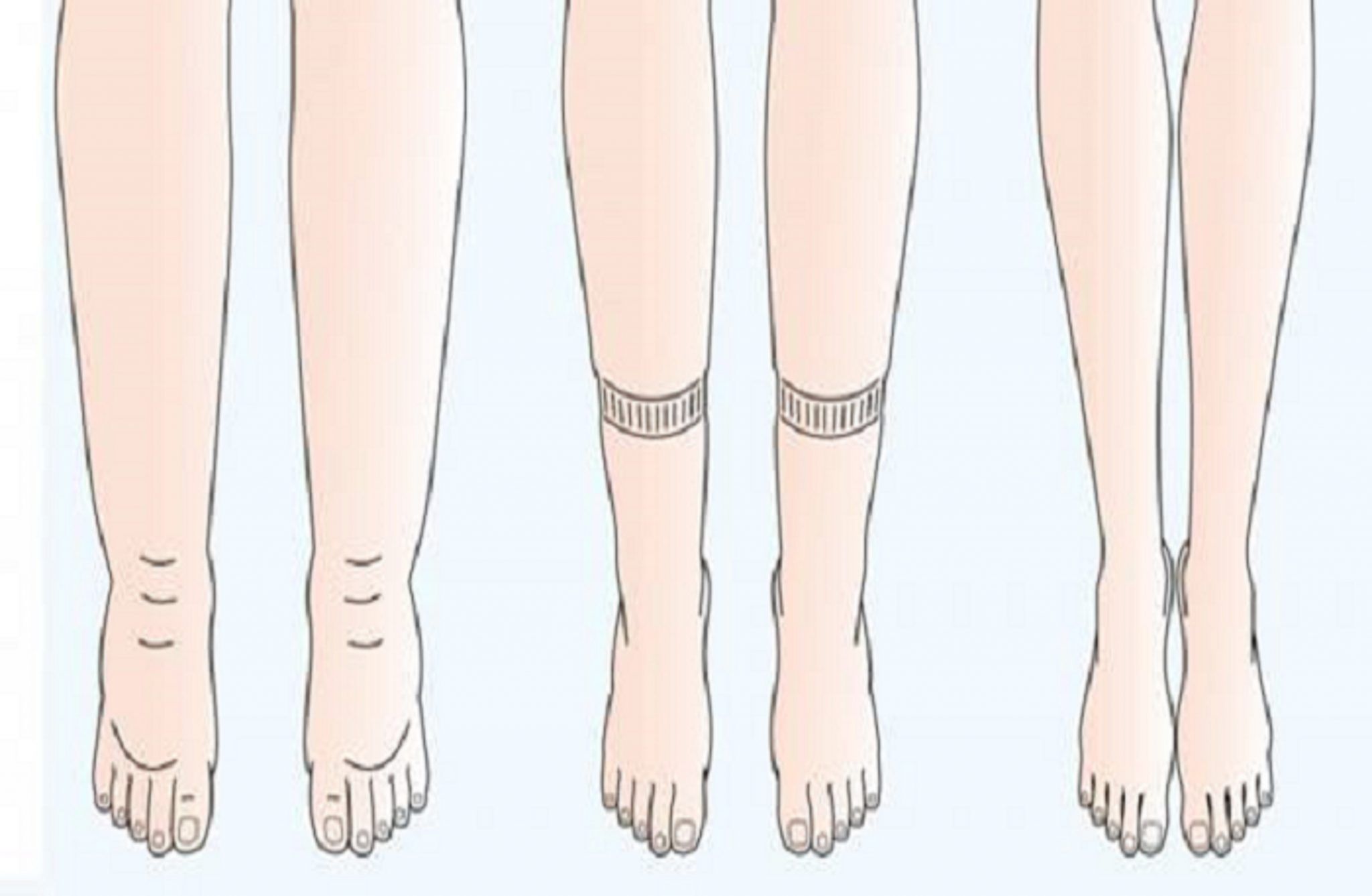
If loads are contraindicated, to improve the movement of lymphatic fluid and the functional state of the body, experts advise using exercises that are easier to implement and require moderate muscle tension. Eg:
- toe walking;
- turns;
- slopes;
- raising legs from a lying position.
When performing exercises, you need to breathe deeply, do not hold the air. Inhale should be through the nose. Perform all movements while exhaling, and inhale the air, returning to the starting position.
Relax baths
An effective method of removing excess water is a hot bath, which alleviates the condition and improves the quality of life.
A popular procedure is using soda combined with sea salt. To prepare, you need to take a bath to half and dilute in it:
- 250 grams of soda;
- 500 grams of salt.
Water temperature should be within +37-39 0 C. It is necessary to stay in a therapeutic bath for no longer than a quarter of an hour.
It is necessary to stay in a therapeutic bath for no longer than a quarter of an hour.
If you want, you can increase the therapeutic result of this procedure by including about 20 drops of essential oil in the product:
- grapefruit;
- orange;
- geranium oil.
Essential compounds not only normalize metabolism at the cellular level, but also tone and rejuvenate the skin. And knowing which products remove excess fluid from the body, and combining them with other methods, you can quickly achieve a positive effect, relieve swelling, and lose weight.
Many techniques have been developed, but before using them, it is imperative to consult with a specialist.
Why do edema appear?
We talk about the main causes of fluid retention in the body – from simple to the most serious.
Tags:
Question answer
Health
Popular
Getty Images
What is water retention?
Air travel, hormonal changes and too much salt can cause your body to retain excess water. Your body is made up mostly of water. When hydration levels are out of balance, the body tends to retain this water. This delay usually causes you to feel heavier than usual and become less mobile or active. It can also cause:
Your body is made up mostly of water. When hydration levels are out of balance, the body tends to retain this water. This delay usually causes you to feel heavier than usual and become less mobile or active. It can also cause:
- bloating
- swelling
- swelling
Water retention is a common health problem that can occur on a daily basis. It can be caused by a number of factors, including diet, women’s menstrual cycle, and genetics. You can significantly reduce water retention by changing your lifestyle.
( See also: Good reason not to drink sea water.)
Water retention symptoms
Water retention symptoms may include:
- bloating
- swollen legs, feet and ankles
- swelling of the abdomen, face and thighs
- joint stiffness
- weight fluctuations » on the skin after pressure
What causes water retention?
Air travel: Changes in cabin pressure and prolonged sitting can cause your body to retain water.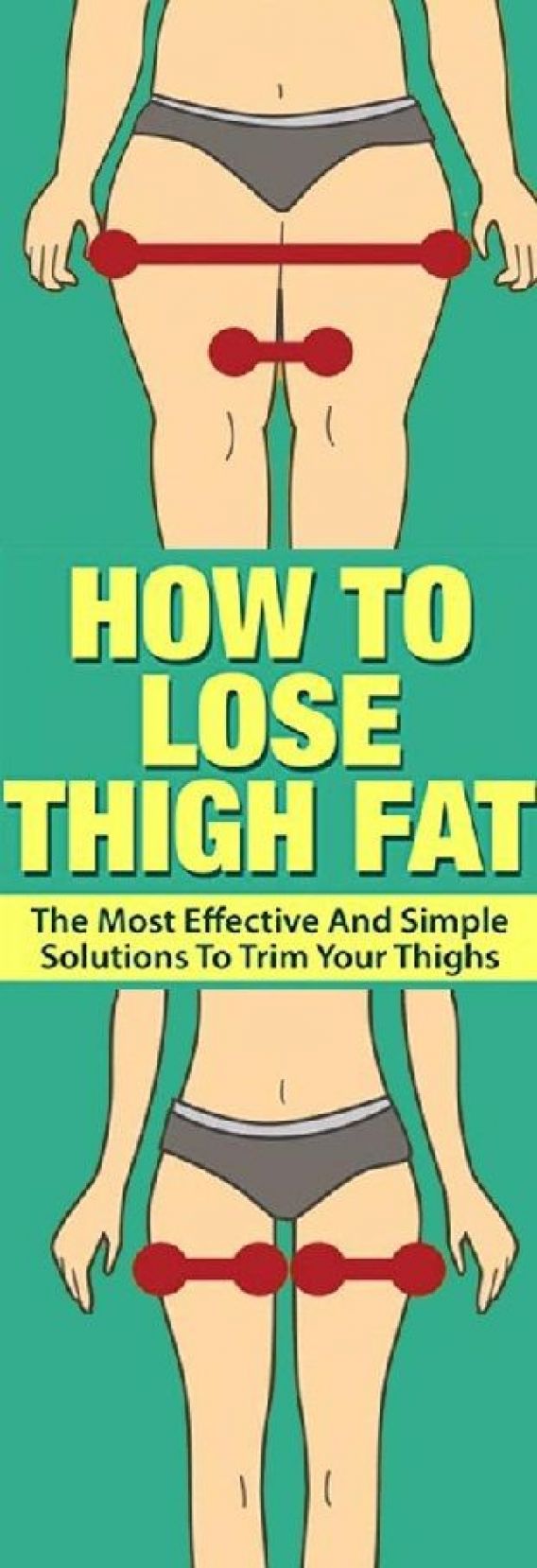
ADVERTISING – CONTINUED BELOW
Standing or sitting too long: Gravity holds blood in the lower extremities. It is important to get up and move frequently to keep the blood circulating. If you have a sedentary job, make time to get up and walk around.
Too much sodium from salt or processed foods and soft drinks.
Medications: Water retention may be a side effect of certain medications.
A weak heart that cannot pump blood well can cause water retention in the body.
Deep vein thrombosis (DVT): leg swelling can be caused by DVT, which is a clot in a vein.
Menstrual cycle and changes in hormone levels in women.
Can persistent water retention cause complications?
Persistent water retention may be a sign of a serious condition such as deep vein thrombosis, pulmonary edema, or fluid buildup in the lungs.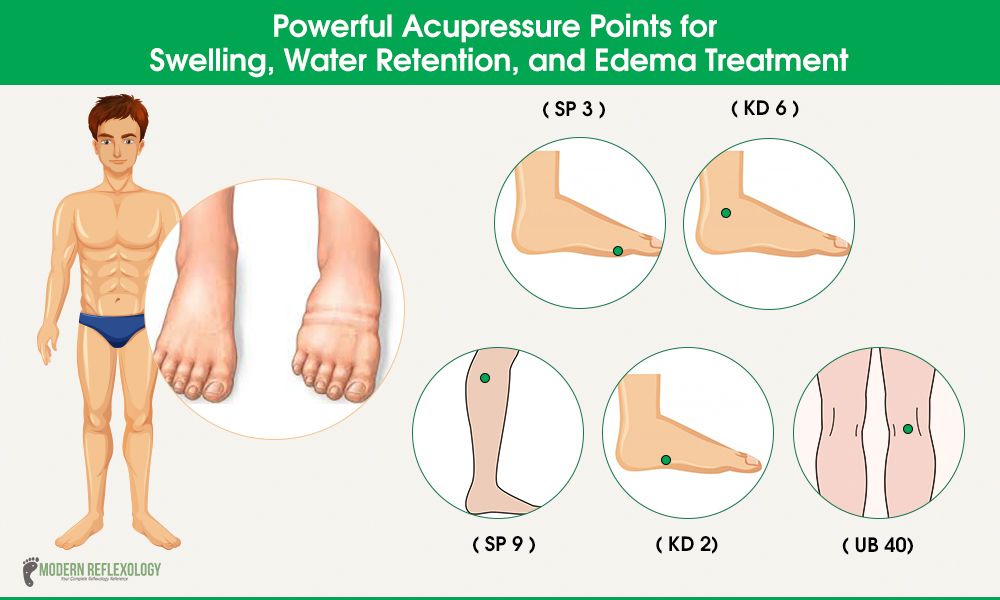

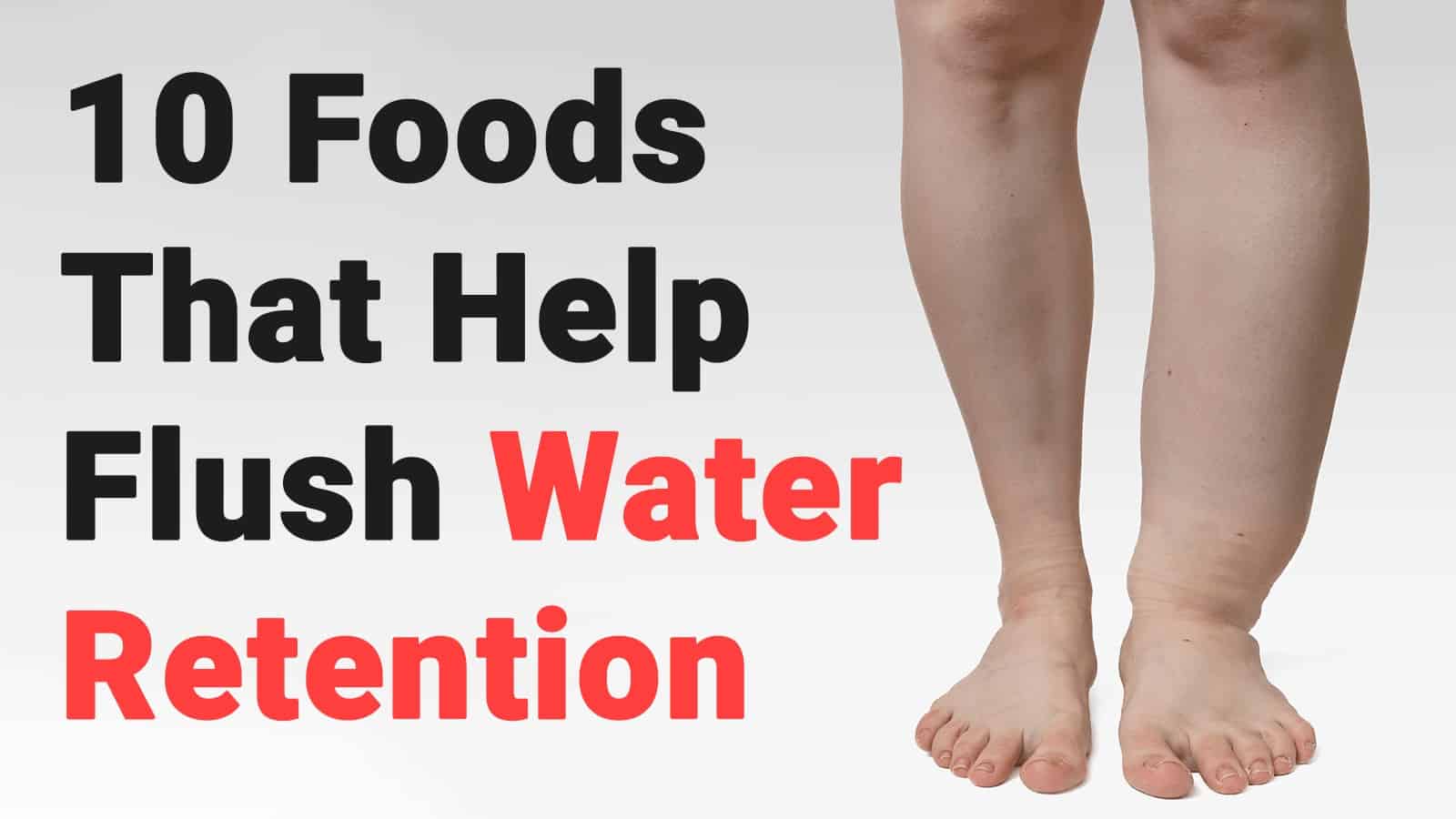 increase blood viscosity and therefore capillary blood flow
increase blood viscosity and therefore capillary blood flow The more your muscles contract, the more they help your veins pump blood and lymph vessels pump lymph from your extremities (where water retention is at its worst) towards your heart. Try walking, running or cycling, if possible, (but, of course, not in the heat).
The more your muscles contract, the more they help your veins pump blood and lymph vessels pump lymph from your extremities (where water retention is at its worst) towards your heart. Try walking, running or cycling, if possible, (but, of course, not in the heat).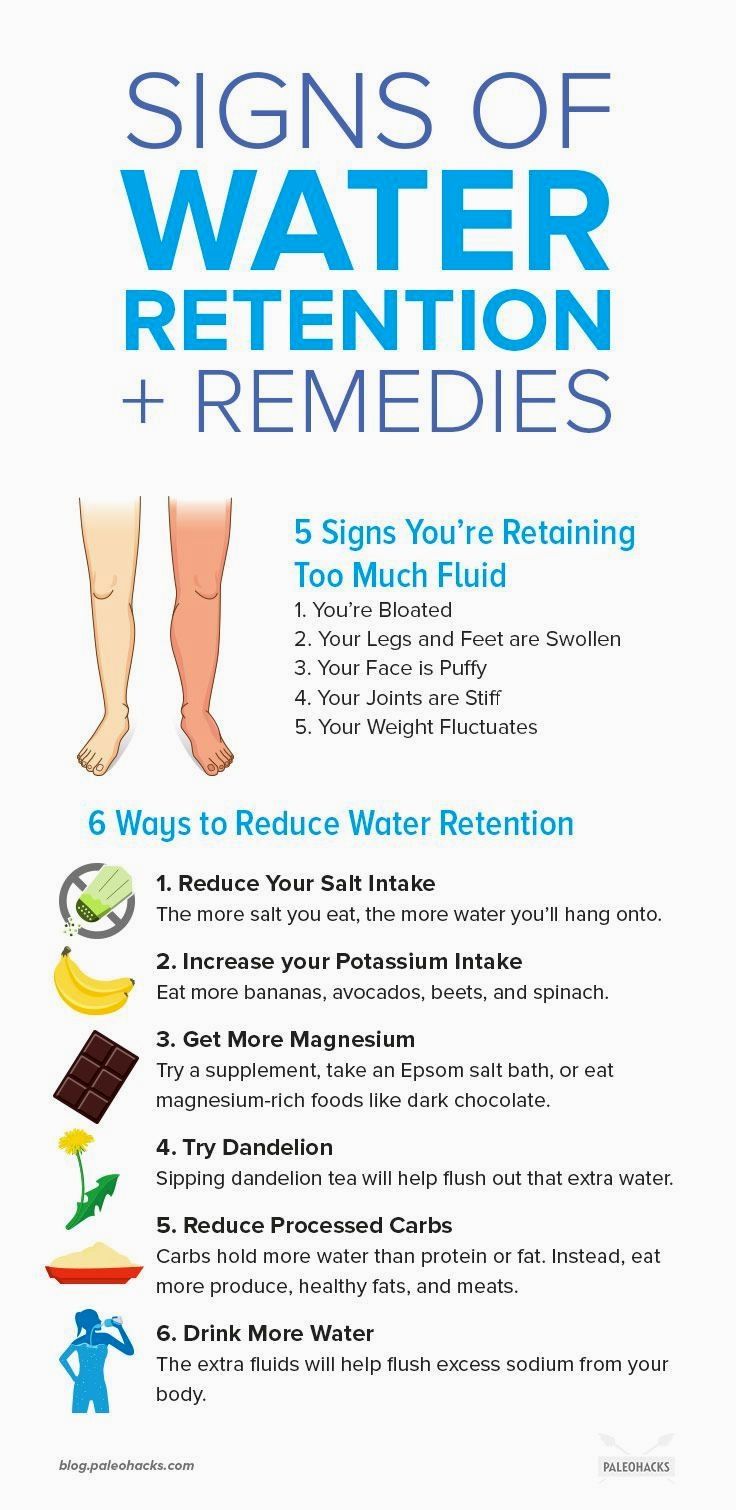
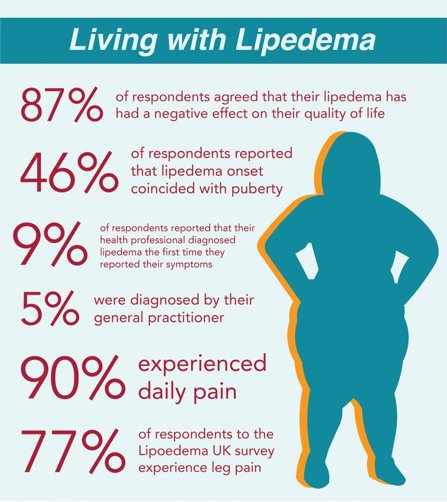 If you work from home, put your legs on a stool while working on the computer. At night, and if possible during the day too, place a couple of cushions under your legs for half an hour or more.
If you work from home, put your legs on a stool while working on the computer. At night, and if possible during the day too, place a couple of cushions under your legs for half an hour or more.
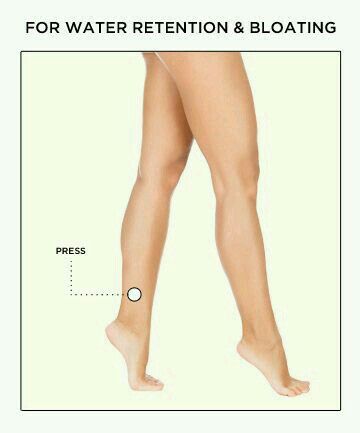 The Western diet contains up to 20x more omega-6 in relation to omega-3, when the correct ratio is 4x omega-6 in relation to omega-3. Excess omega-6 fatty acids are well-known to cause inflammation. Omega-6 fat is found in sunflower oil, seeds, many nuts (macadamia nuts, sunflowers and sesame seeds have a very high content of omega-6), fatty meat and chicken and processed/prepared food.
The Western diet contains up to 20x more omega-6 in relation to omega-3, when the correct ratio is 4x omega-6 in relation to omega-3. Excess omega-6 fatty acids are well-known to cause inflammation. Omega-6 fat is found in sunflower oil, seeds, many nuts (macadamia nuts, sunflowers and sesame seeds have a very high content of omega-6), fatty meat and chicken and processed/prepared food. EVOO contains mainly omega-9 with lots of natural antioxidants in it, meaning it does not have the potentially pro-inflammatory profile of omega-6, but neither the benefits of omega-3. Given, however, that we cannot have too many omega-3s, neither too many omega-6s, nor too much saturated fat, omega-9s are the fatty acids to go for the vast majority of our fat calories. Omega-9 is also found rapeseed oil (only have cold-pressed), avocado and some nuts, such as almonds.
EVOO contains mainly omega-9 with lots of natural antioxidants in it, meaning it does not have the potentially pro-inflammatory profile of omega-6, but neither the benefits of omega-3. Given, however, that we cannot have too many omega-3s, neither too many omega-6s, nor too much saturated fat, omega-9s are the fatty acids to go for the vast majority of our fat calories. Omega-9 is also found rapeseed oil (only have cold-pressed), avocado and some nuts, such as almonds.
 Food intolerances can contribute to water retention and there are two ways to identify your food intolerances: an elimination diet or a test.
Food intolerances can contribute to water retention and there are two ways to identify your food intolerances: an elimination diet or a test.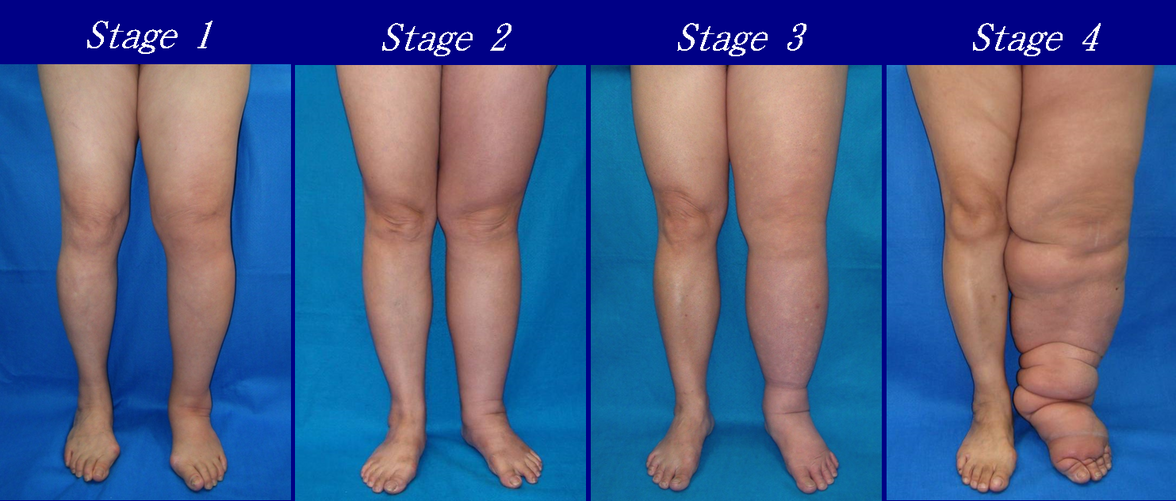 Dry brushing is the worst advice one can give for a water retention sufferer, as they could apply themselves / receive professionally a much more effective massage with a little oil and long strokes and kneading, instead of scratching the epidermis with silly dry brushing.
Dry brushing is the worst advice one can give for a water retention sufferer, as they could apply themselves / receive professionally a much more effective massage with a little oil and long strokes and kneading, instead of scratching the epidermis with silly dry brushing.